Oklahoma City is a mix of lots of things, but in ALL things it is undeniably “America.” Or, as some say, “‘Murica!” This includes the horrific 1995 bombing of the Murrah Federal Building, which is memorialized in the Oklahoma City National Memorial & Museum. The museum was one the BEST we’ve ever seen (and we’ve seen a lot of museums).

In a greatly simplified summary, the perpetrators were disgruntled Americans who sought revenge against the federal government, particularly for its role in killing of civilians at Ruby Ridge and David Koresh’s Branch Davidian complex at Waco.
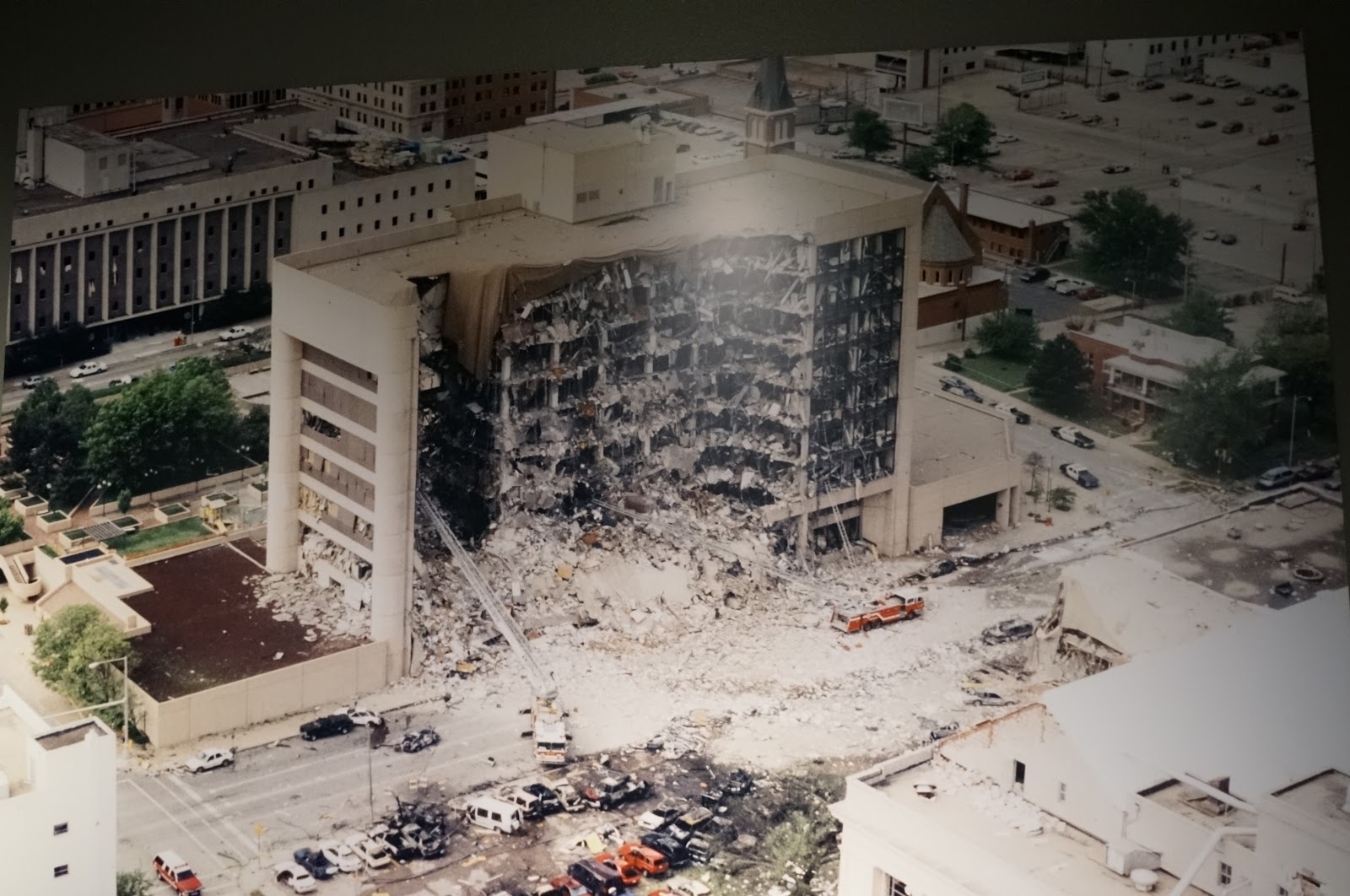
This was a 20-block crime scene with 312 buildings damaged by the blast.
Why “memorialize” such a horrific event?

“May all who leave here know the impact of violence.” The people who were killed were all just innocent people going about their daily lives, and yet were the victims of unthinkable violence. There can be much similar reflection today in our current climate of gun violence in schools. The perpetrators wanted to “get even,” and yet the victims were not even the ones who caused their anger.

The losses were staggering: The bombing orchestrated by Timothy McVeigh and Terry Nichols takes 168 lives, including 19 children, and makes orphans of 30 children. 219 children lose at least one parent and eight families lose more than one member. Hundreds of people were critically injured.
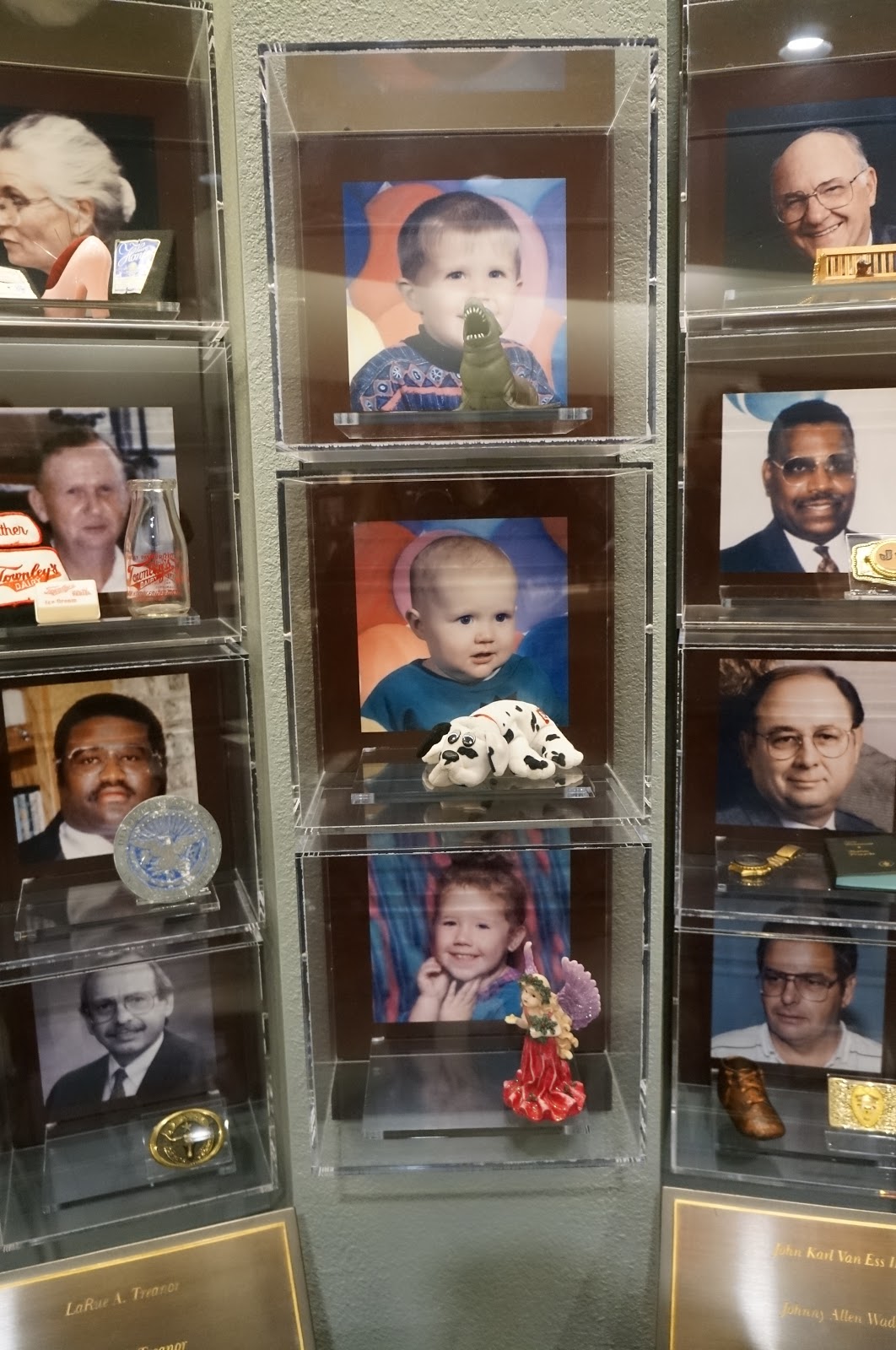
Outside the memorial, this statue entitled “And Jesus Wept” pretty much says it all.
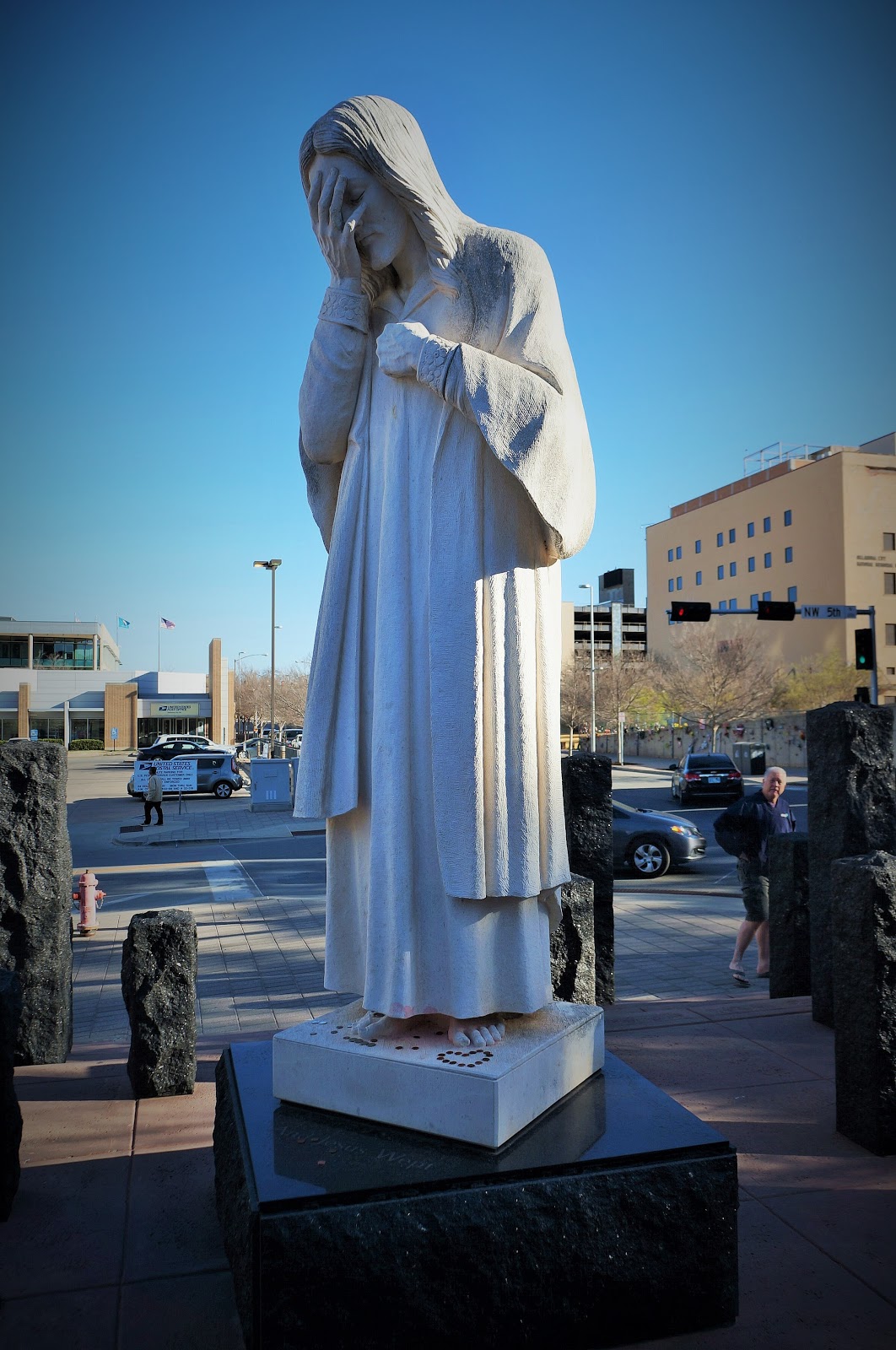
The road on which McVeigh’s rental truck packed with explosives was parked has been turned into a beautiful reflection pool. At each end is a monument, one marked 9:01 and one marked 9:03.
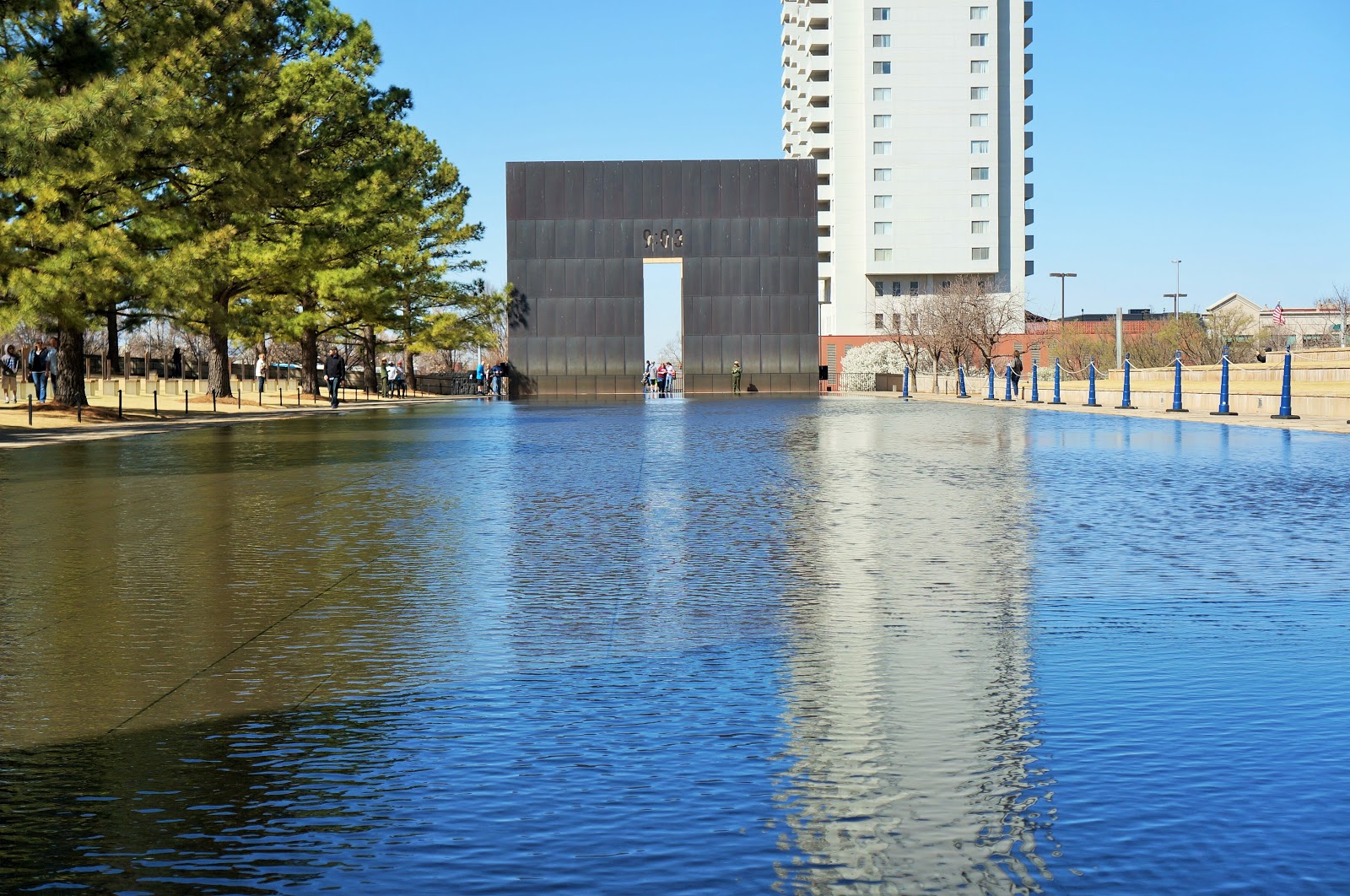
The bombing occurred at 9:02.
The 9:01 East Gate represents the innocence before the attack.

The 9:03 West Gate marks when healing began.

The Field of Empty Chairs, 168 in all, is arranged in nine rows that reflect the floors where victims were working or visiting.
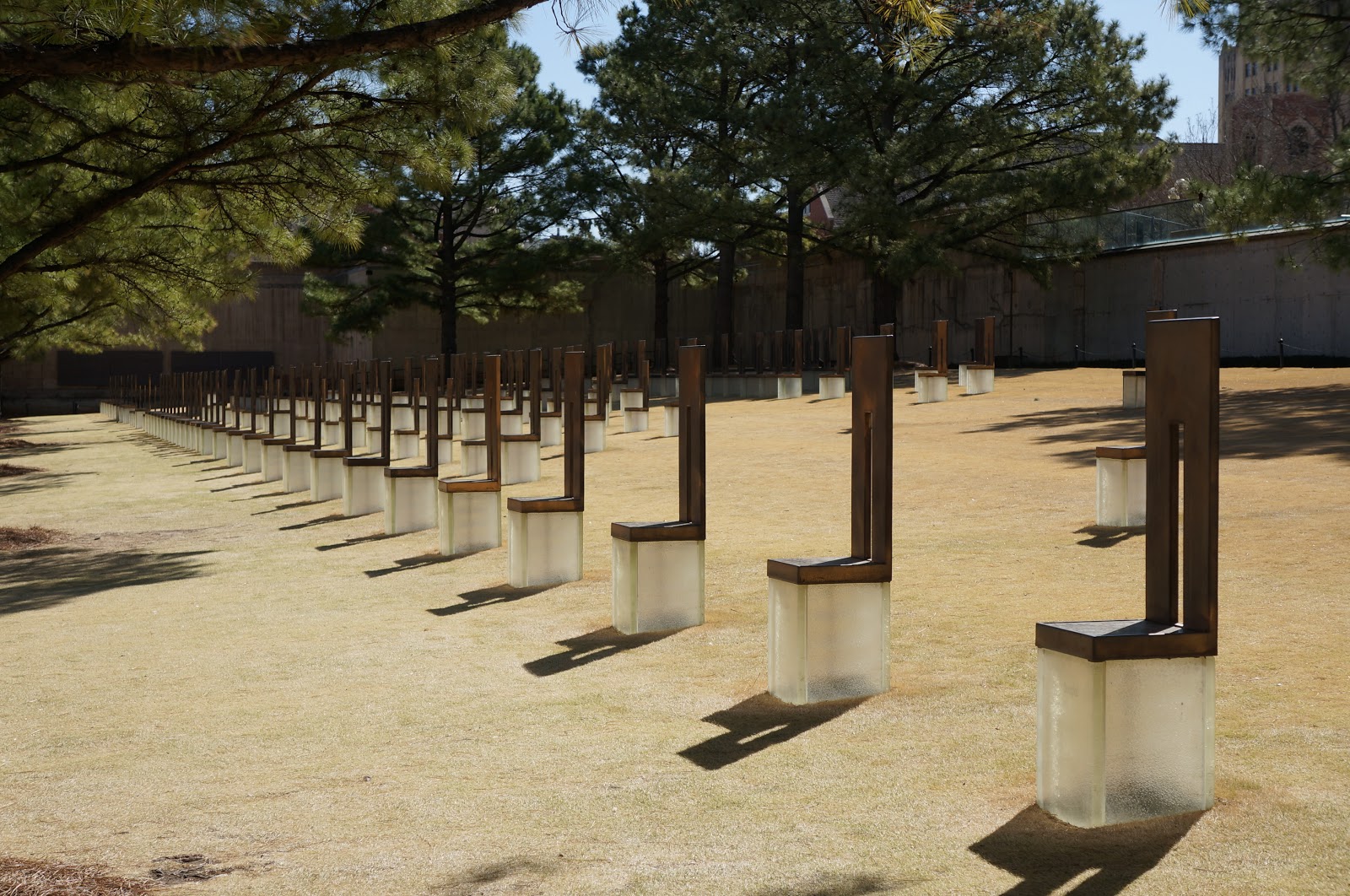
The 19 smaller chairs represent the children.
It’s hard to tell here, but you can see a difference in the height of the shadows.
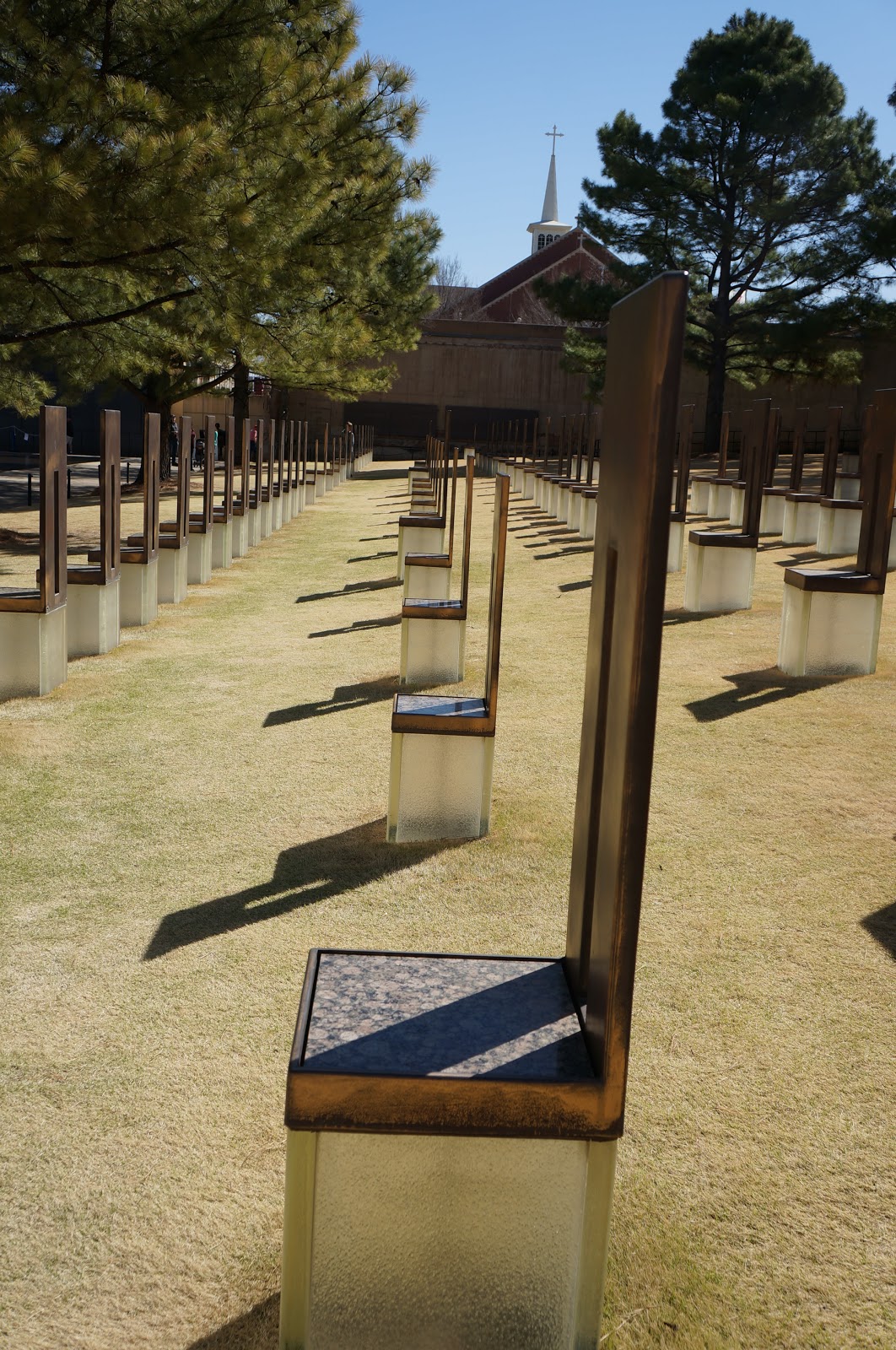
The Field matches the footprint of the Murrah Building and the glass bottoms light up at night.
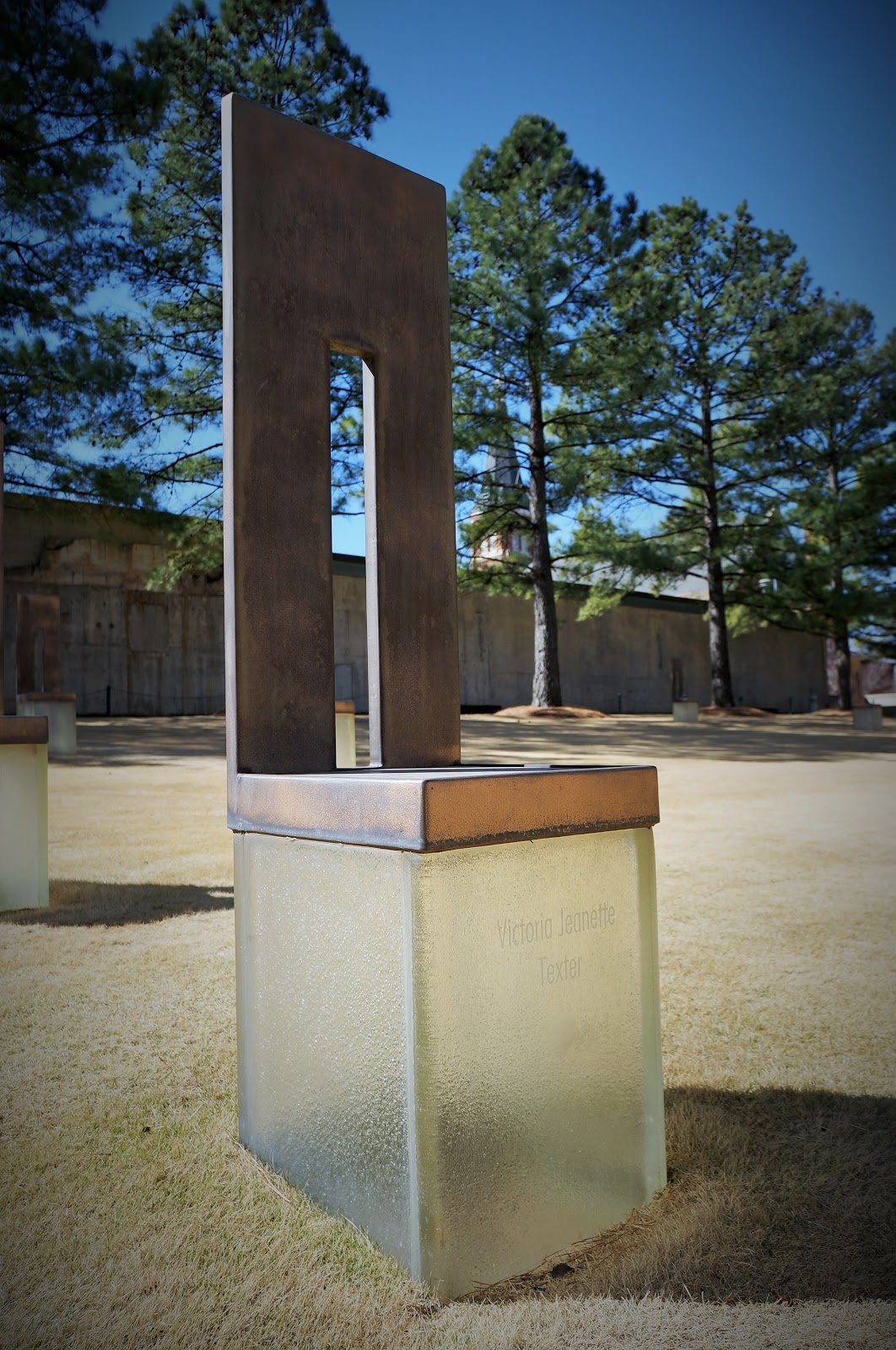
Each chair is etched with the name of a person killed.

The Survivor Tree, a near-century-old American Elm, stands at the highest point of the Memorial as a symbol of strength and resilience.
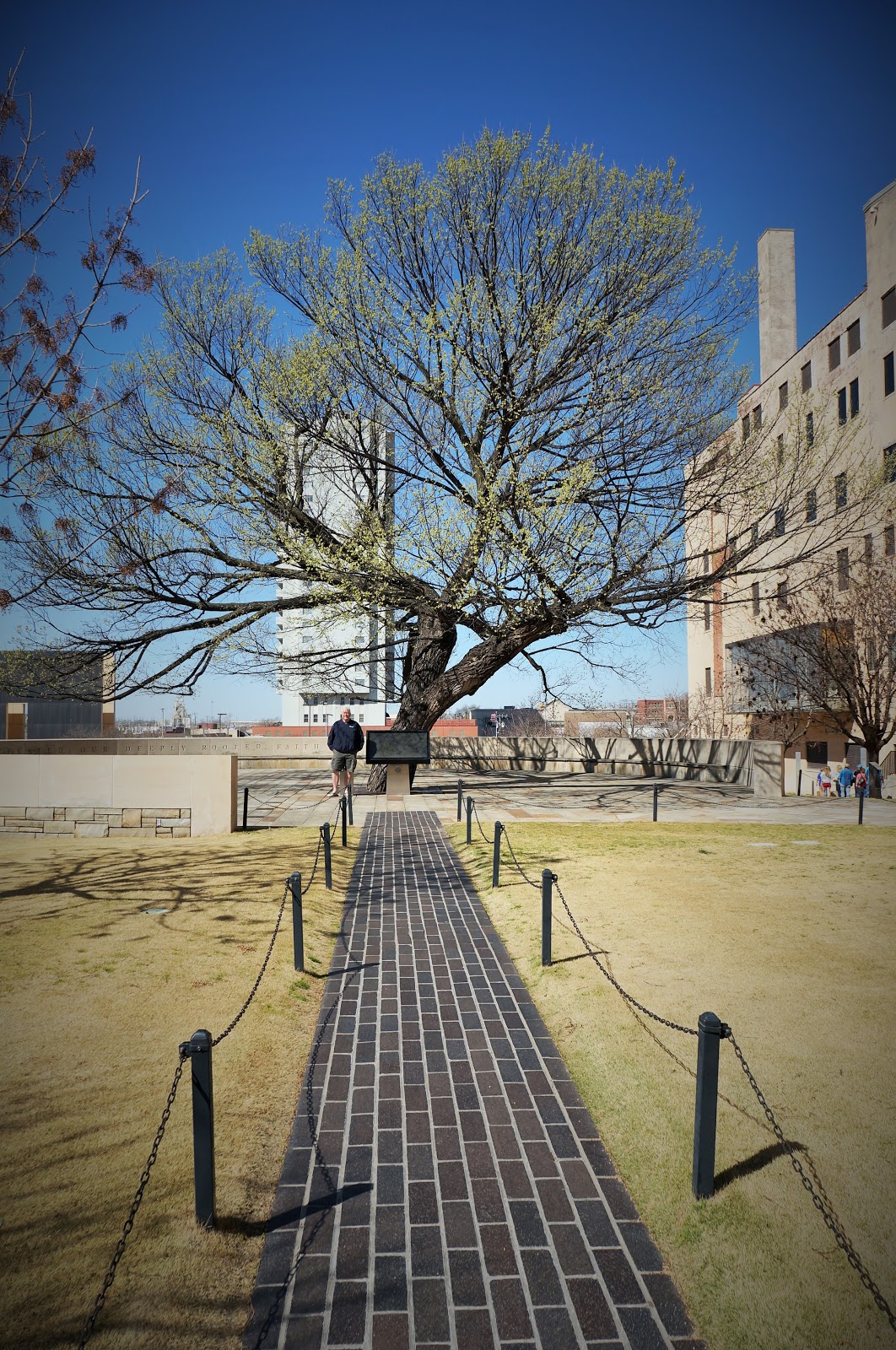
One remaining corner of the original Murrah building was left standing, on which plaques list the names of all of the survivors.

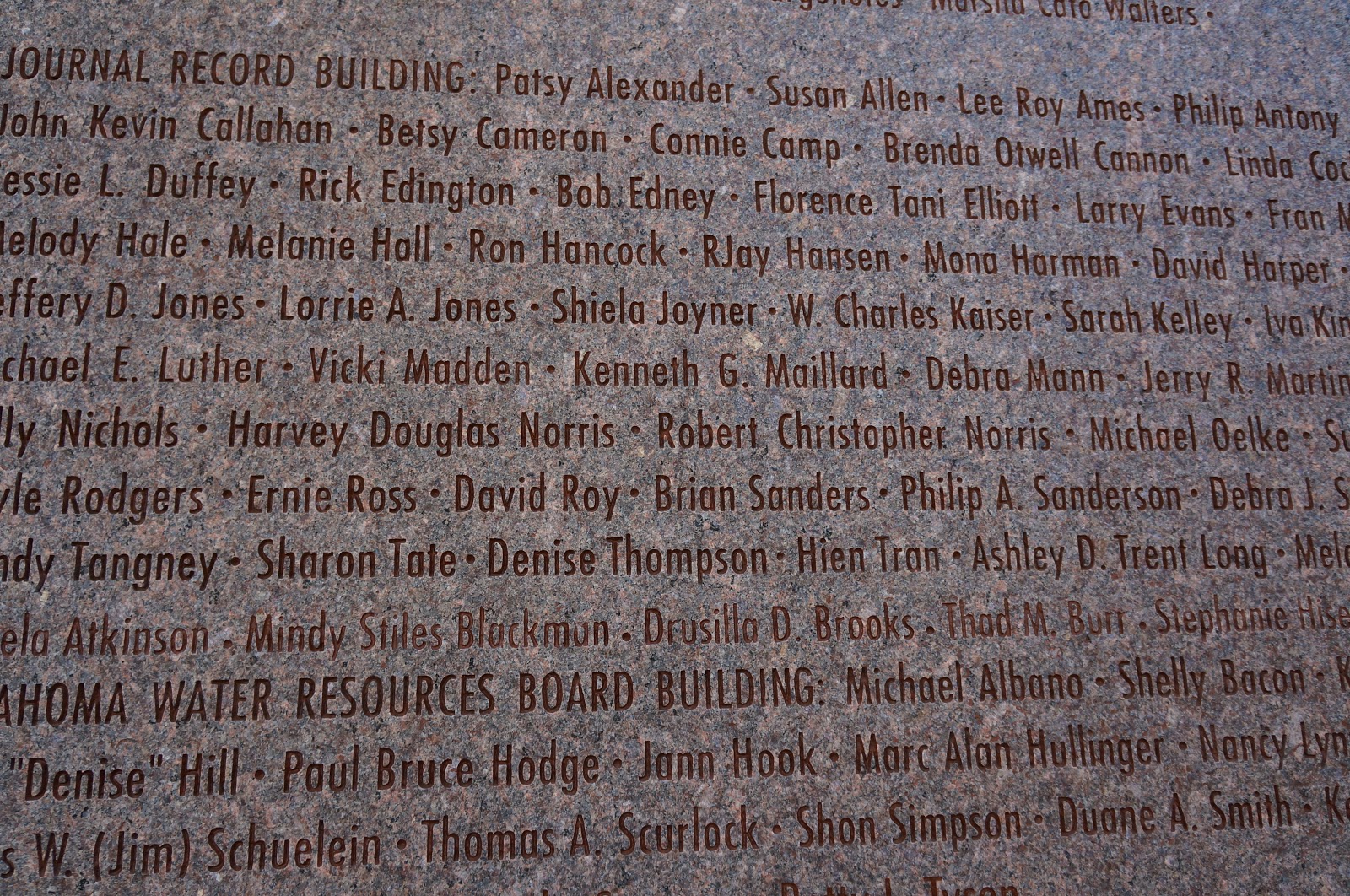
There is an excellent documentary on Netflix called “Oklahoma City.” This was the worst terrorist act of its kind prior to 9/11, and still remains the deadliest act of domestic terrorism in America. In short, it was ALL of America’s wake-up call that forevermore, we must meet violence with vigilance.
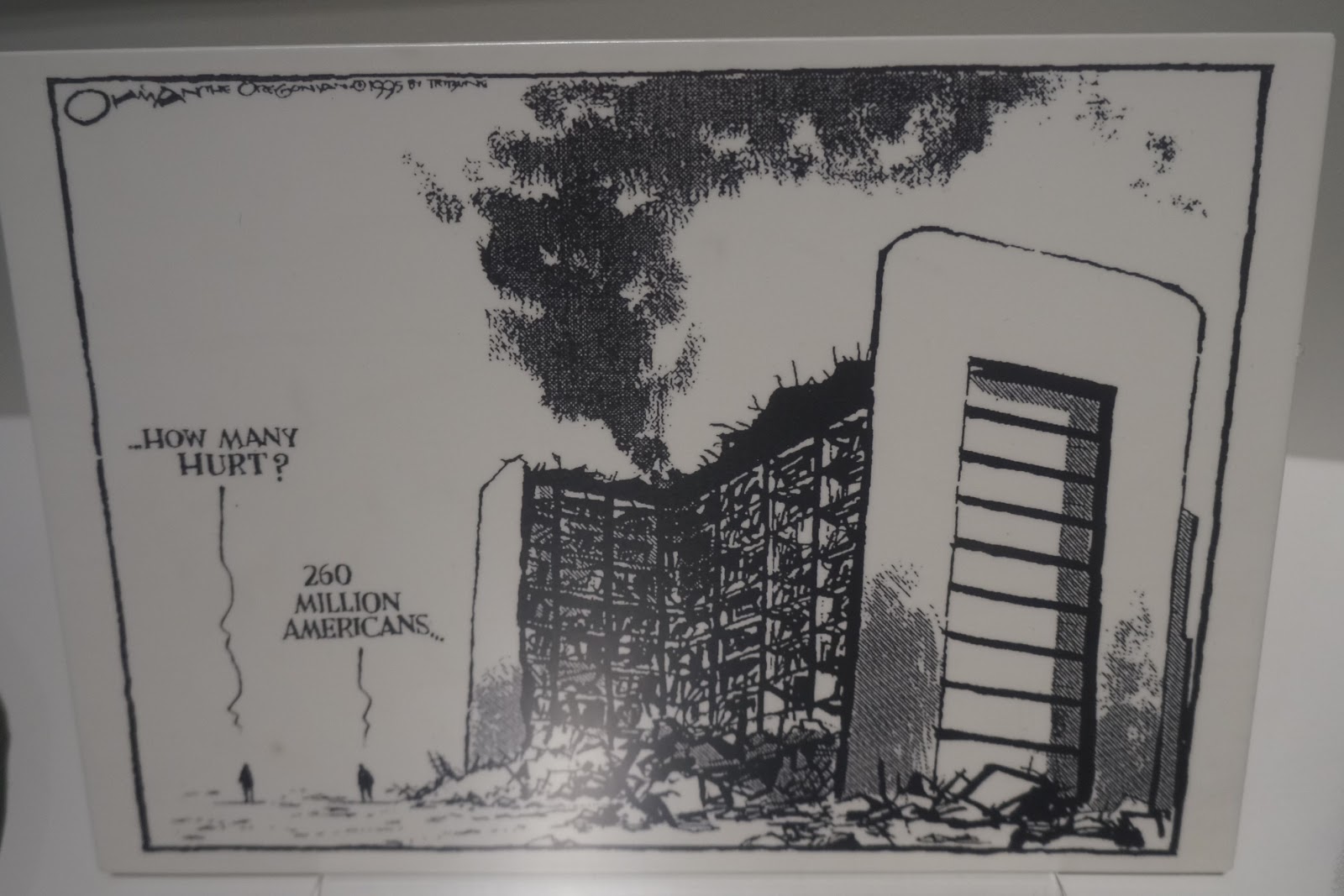
Also “American” is the transformation of a major run-down warehouse district into a lively entertainment district. In Oklahoma City, this place is Bricktown.
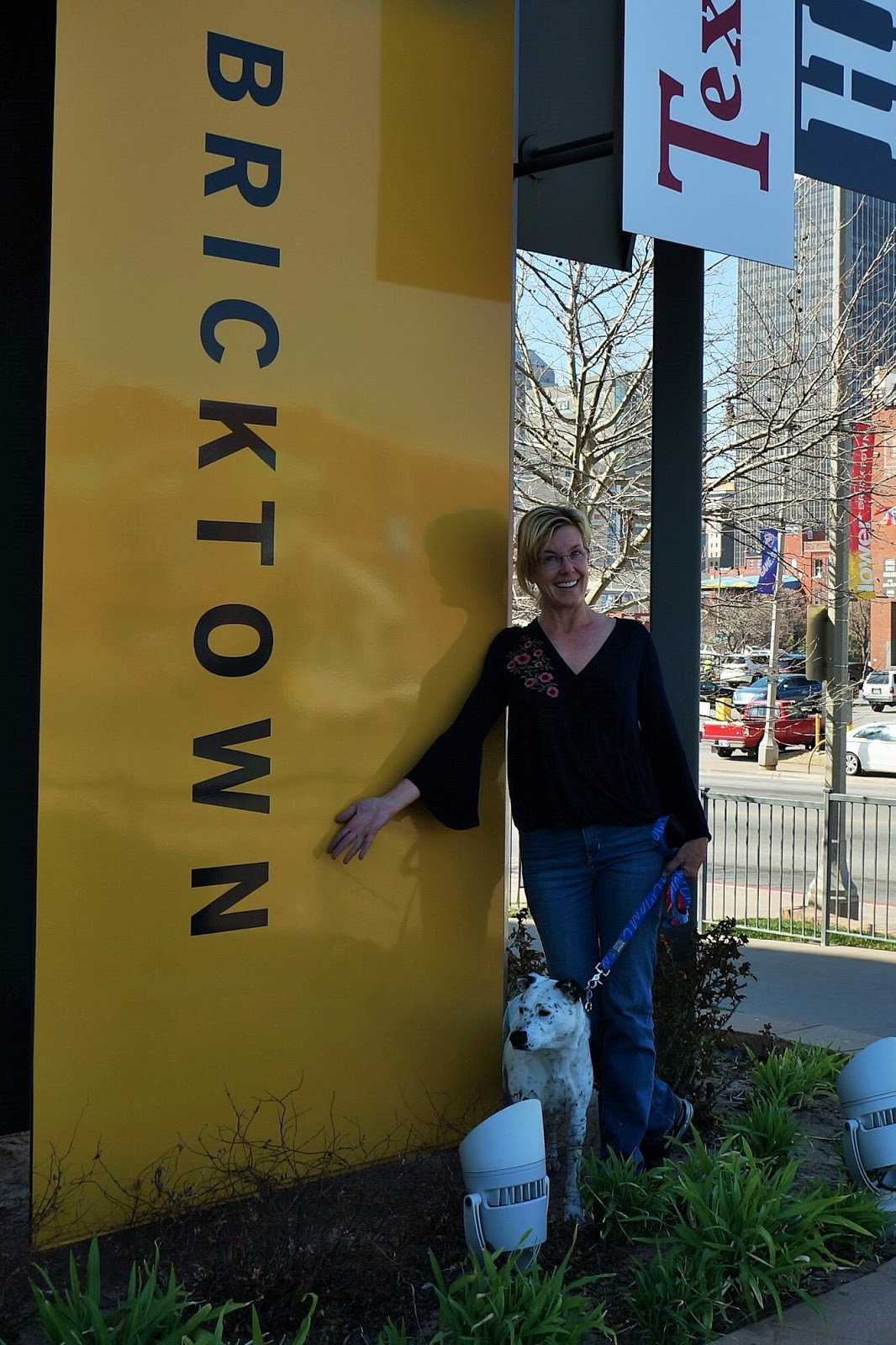
A tree-lined, mile-long canal runs through the district, on which a water taxi gives guided tours and transportation to various stops along the way.
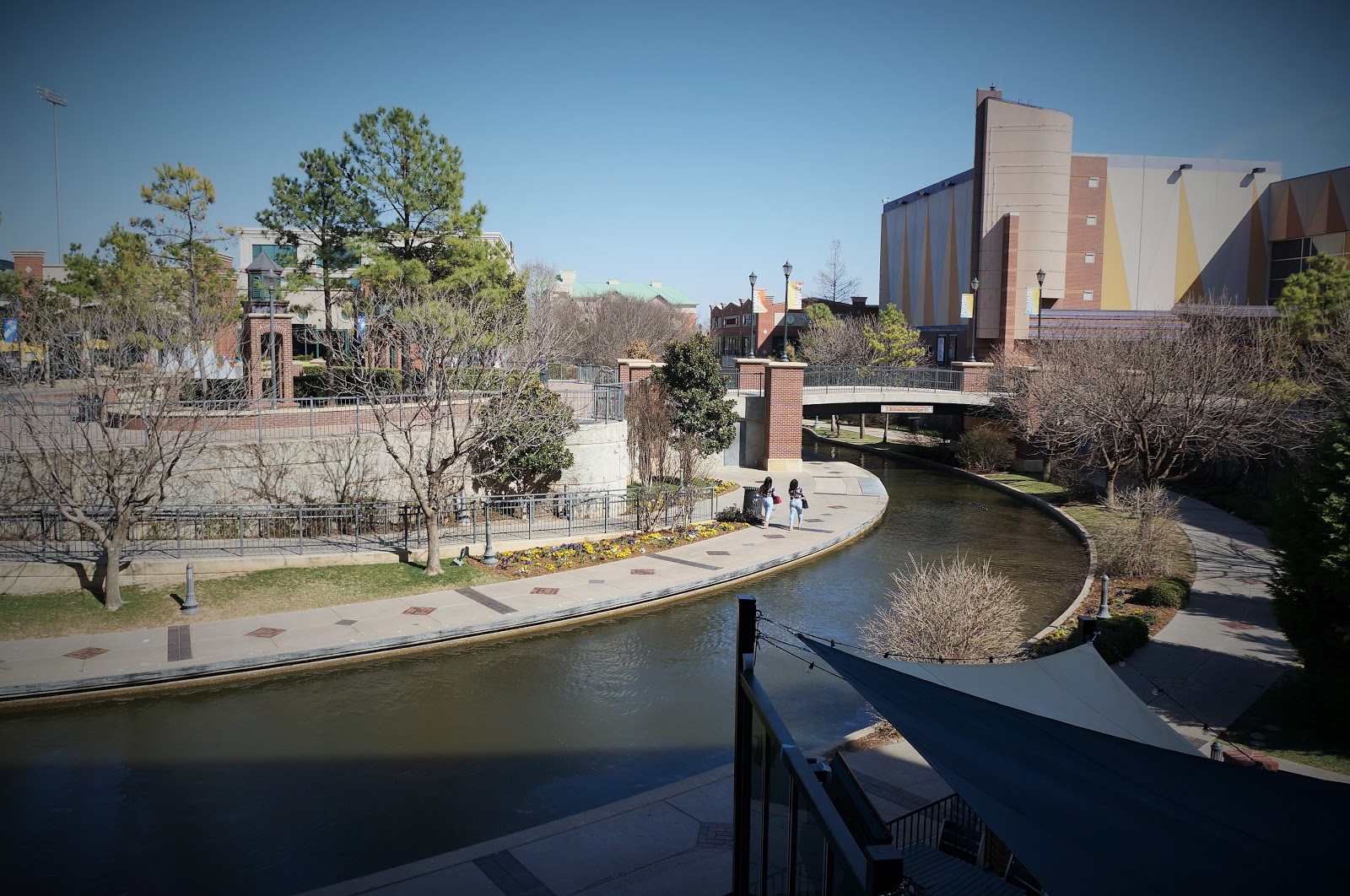
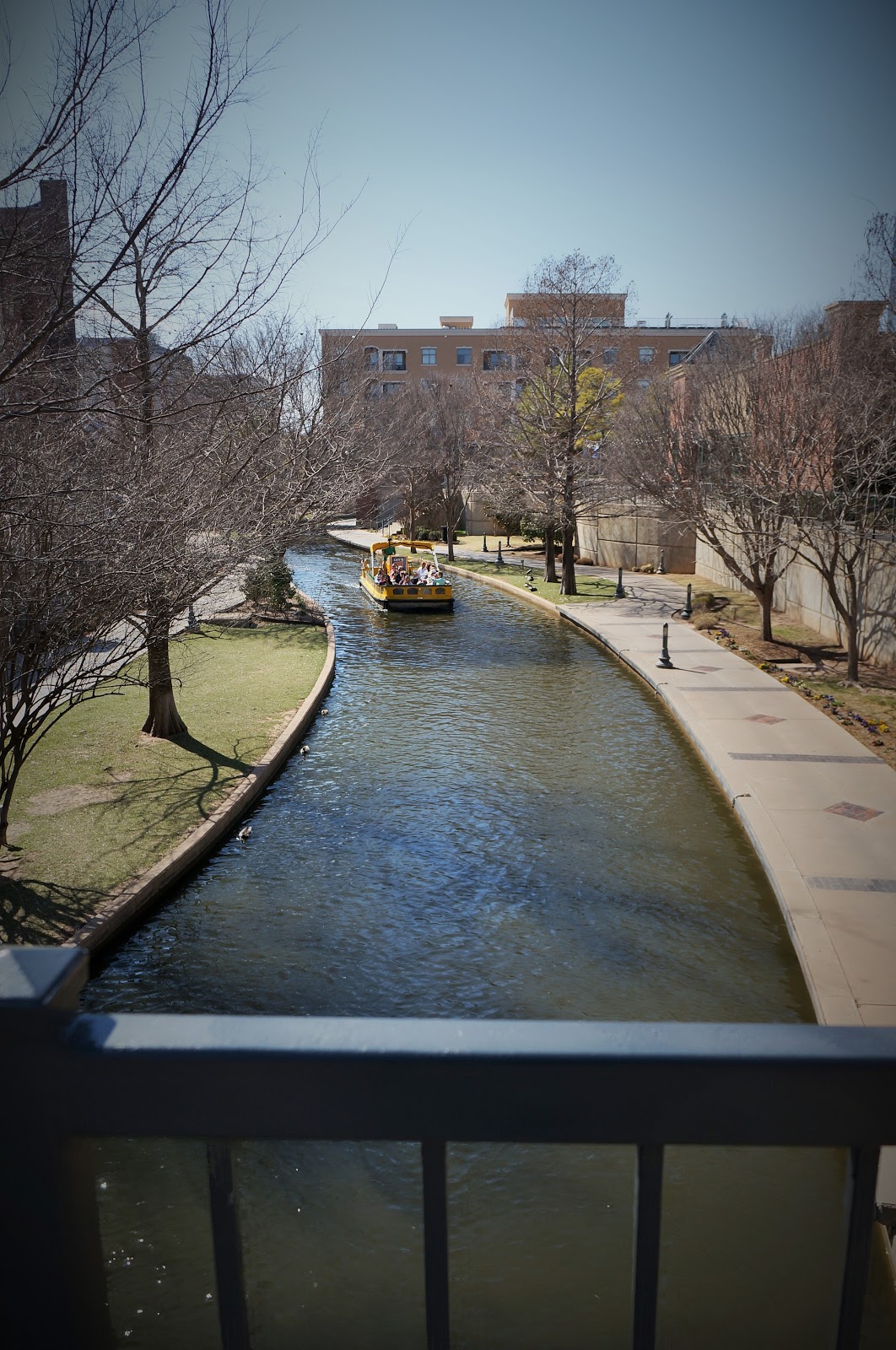
Bricktown includes restaurants, sports venues, bars, nightclubs, sculptures, and movie theaters (Harkins! Local Phoenix boy Dan Harkins continues to expand his empire).
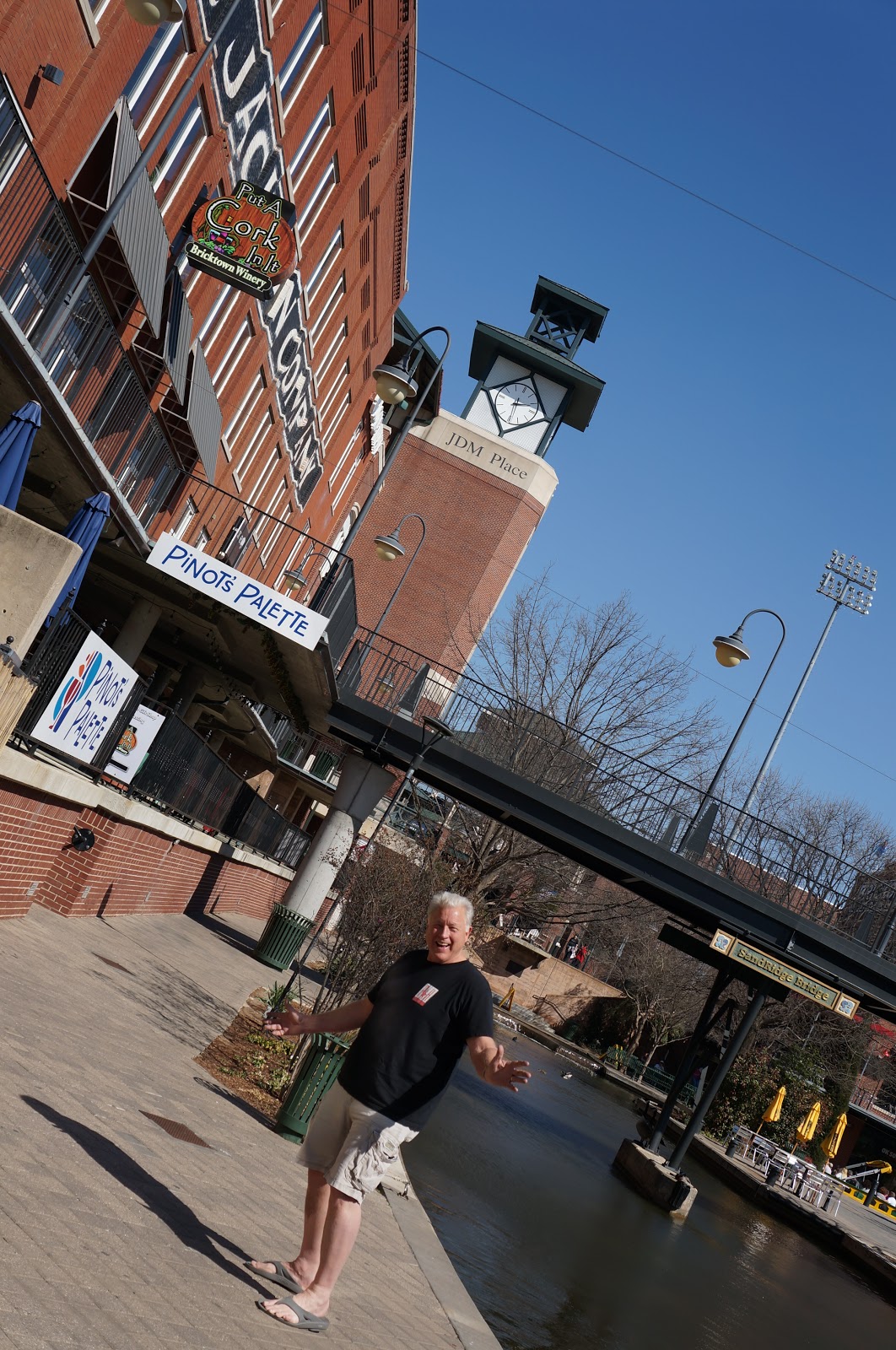
Also, perhaps the world’s largest U-Haul storage building. That’s a full-size truck, looking like a toy up there!
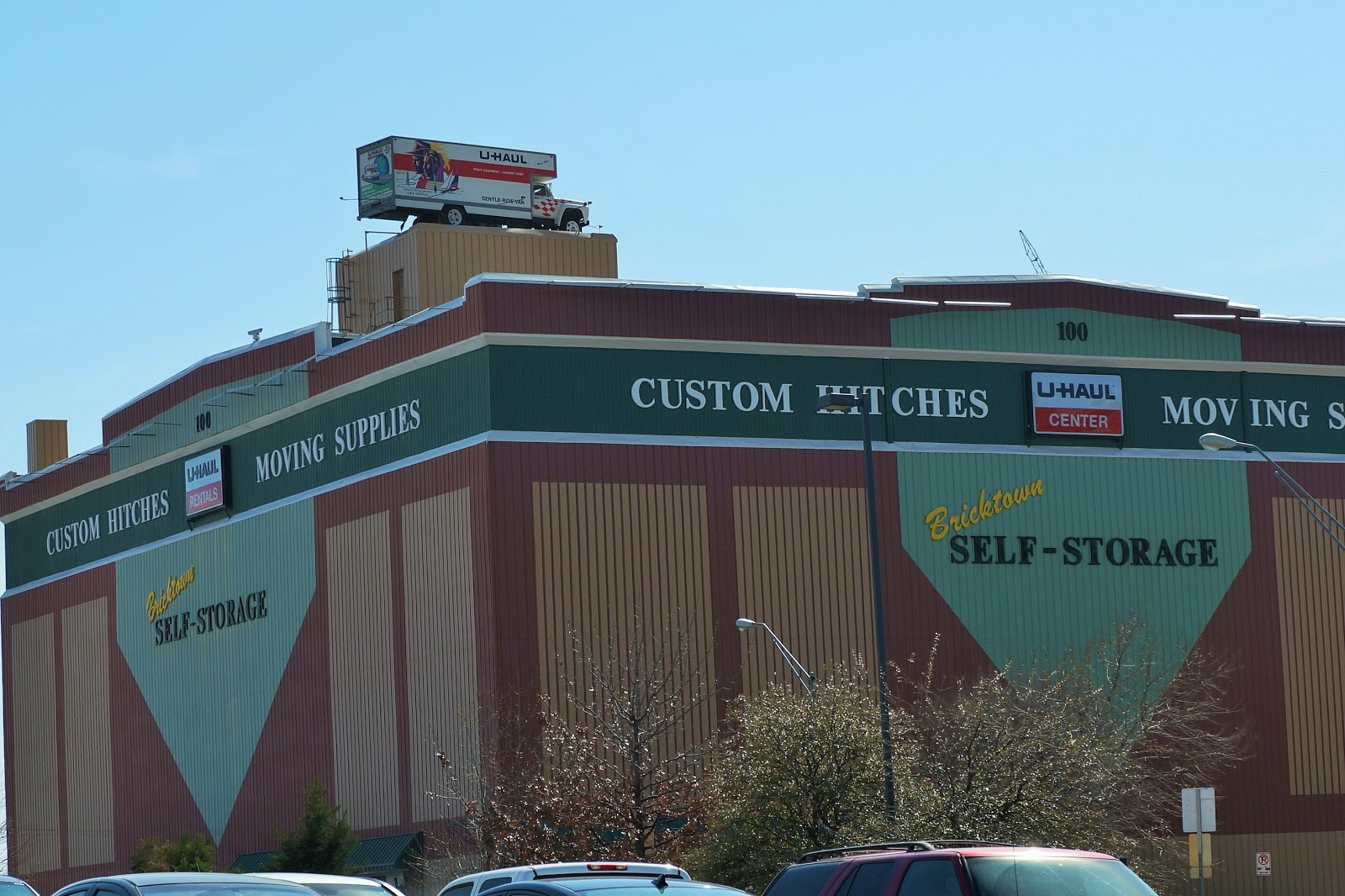
Also All-American? Beef. Lots of it. The Oklahoma National Stockyards is the largest feeder and stocker cattle market in the world.
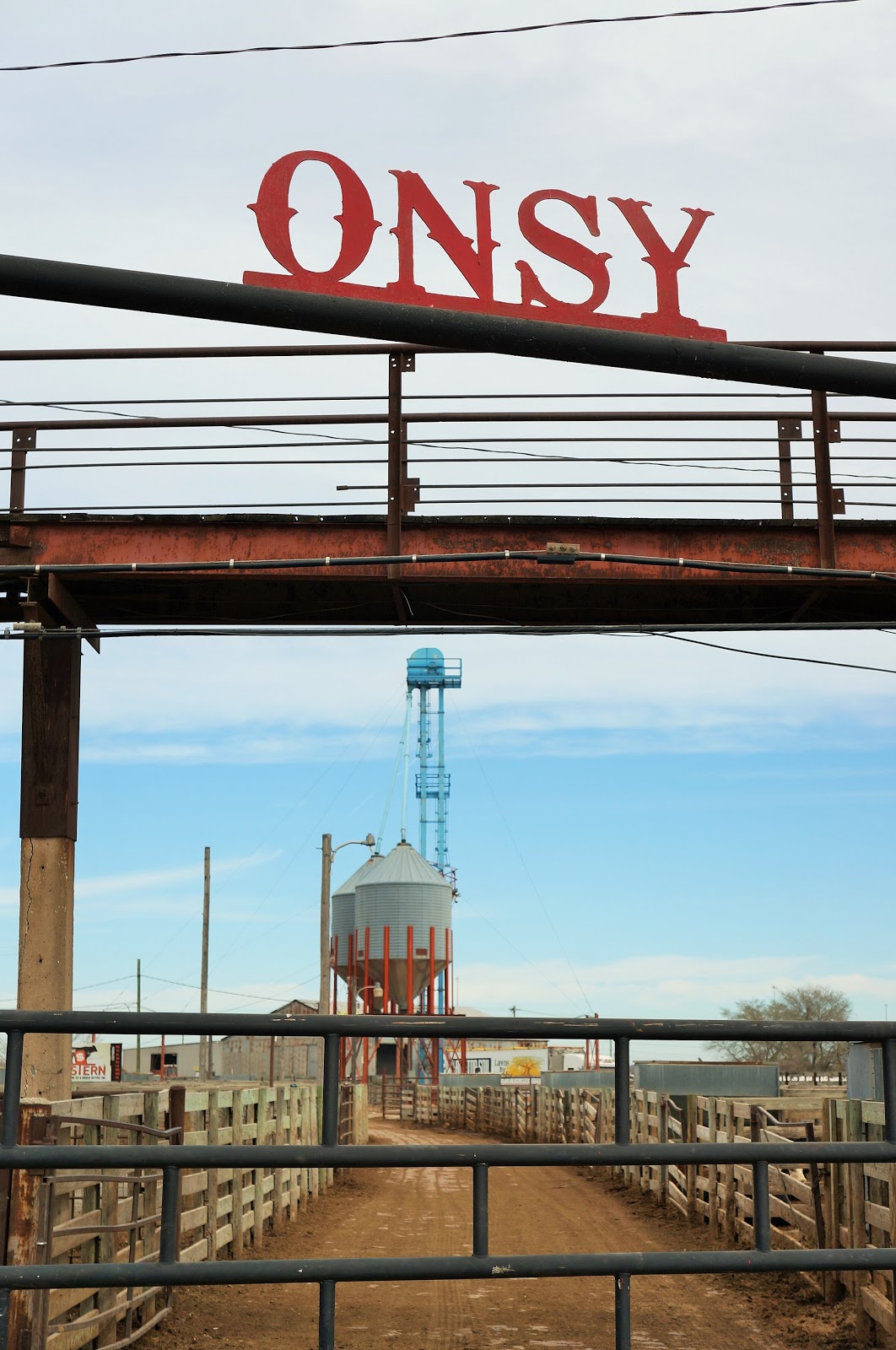
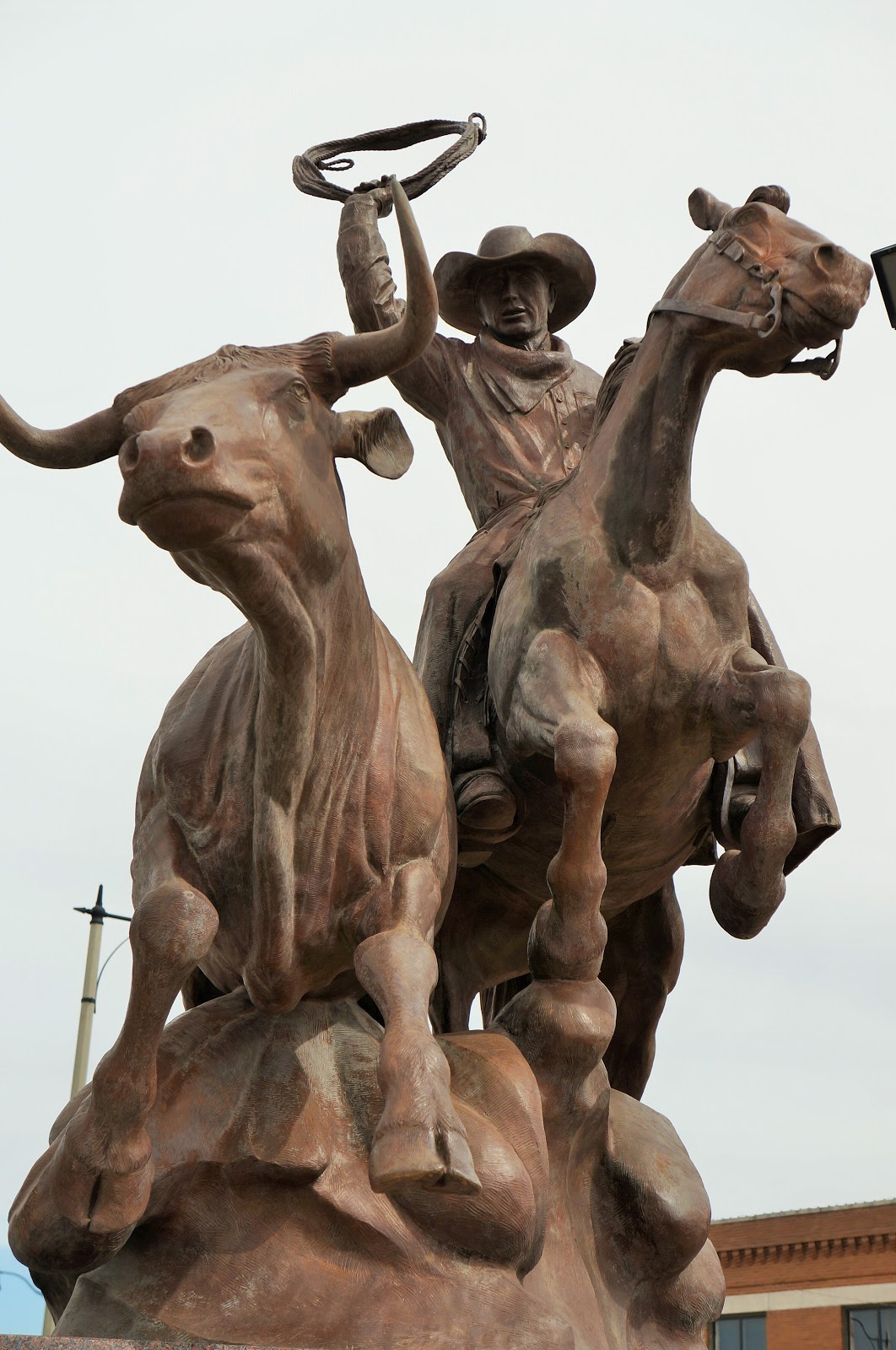
Doesn’t look good for these guys’ future.
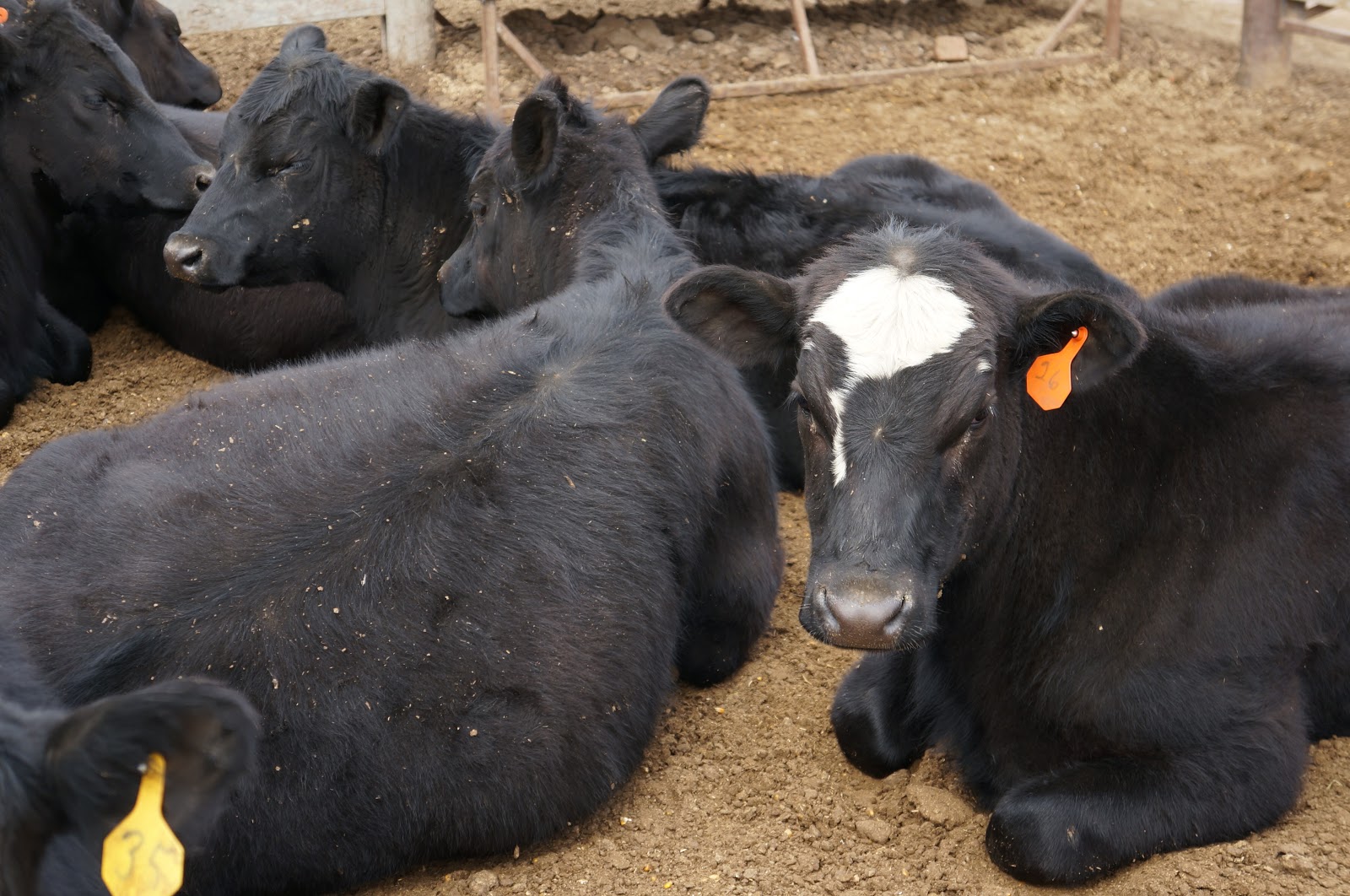
The stockyards are located in the appropriately named Stockyards City.
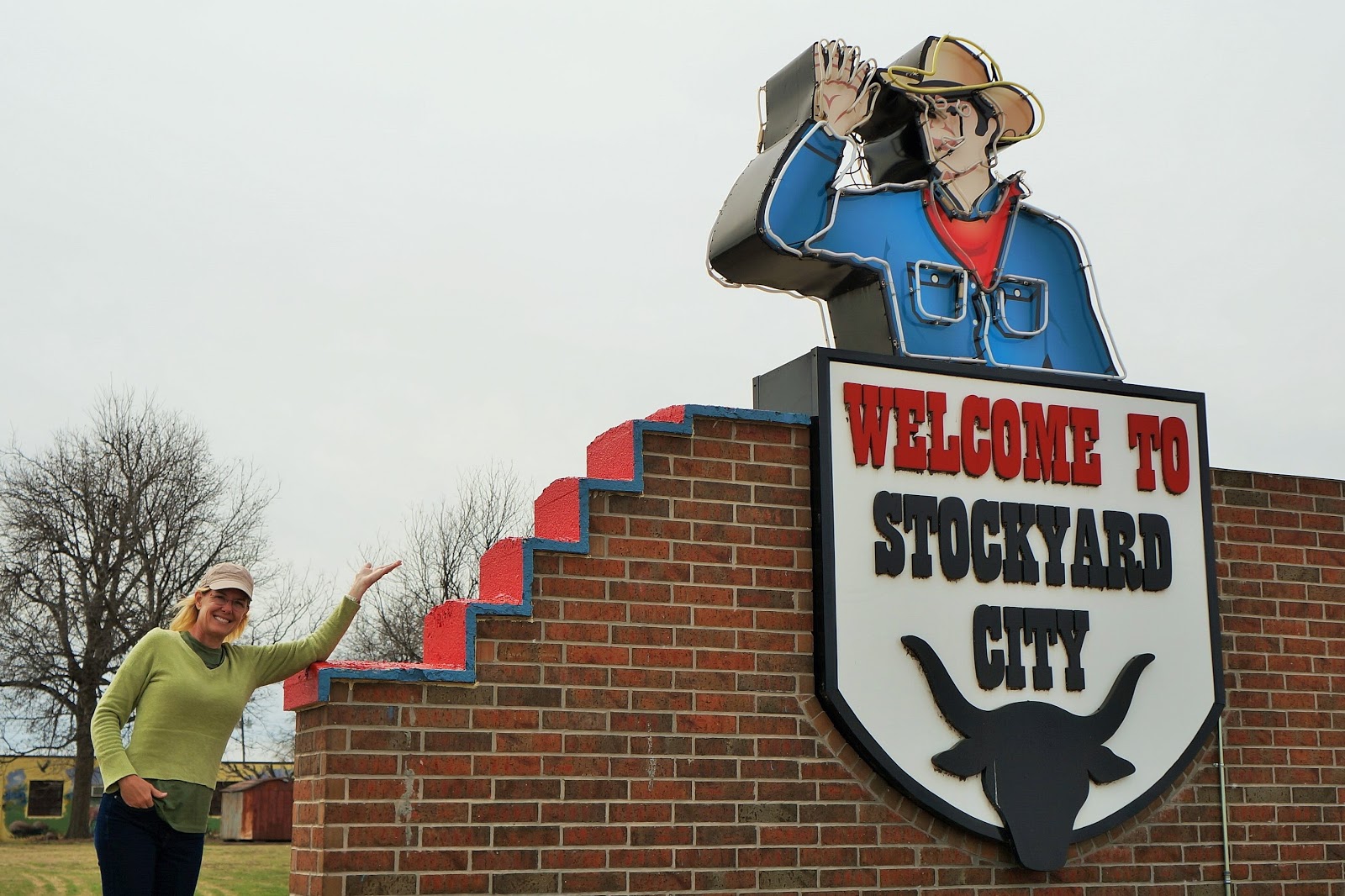
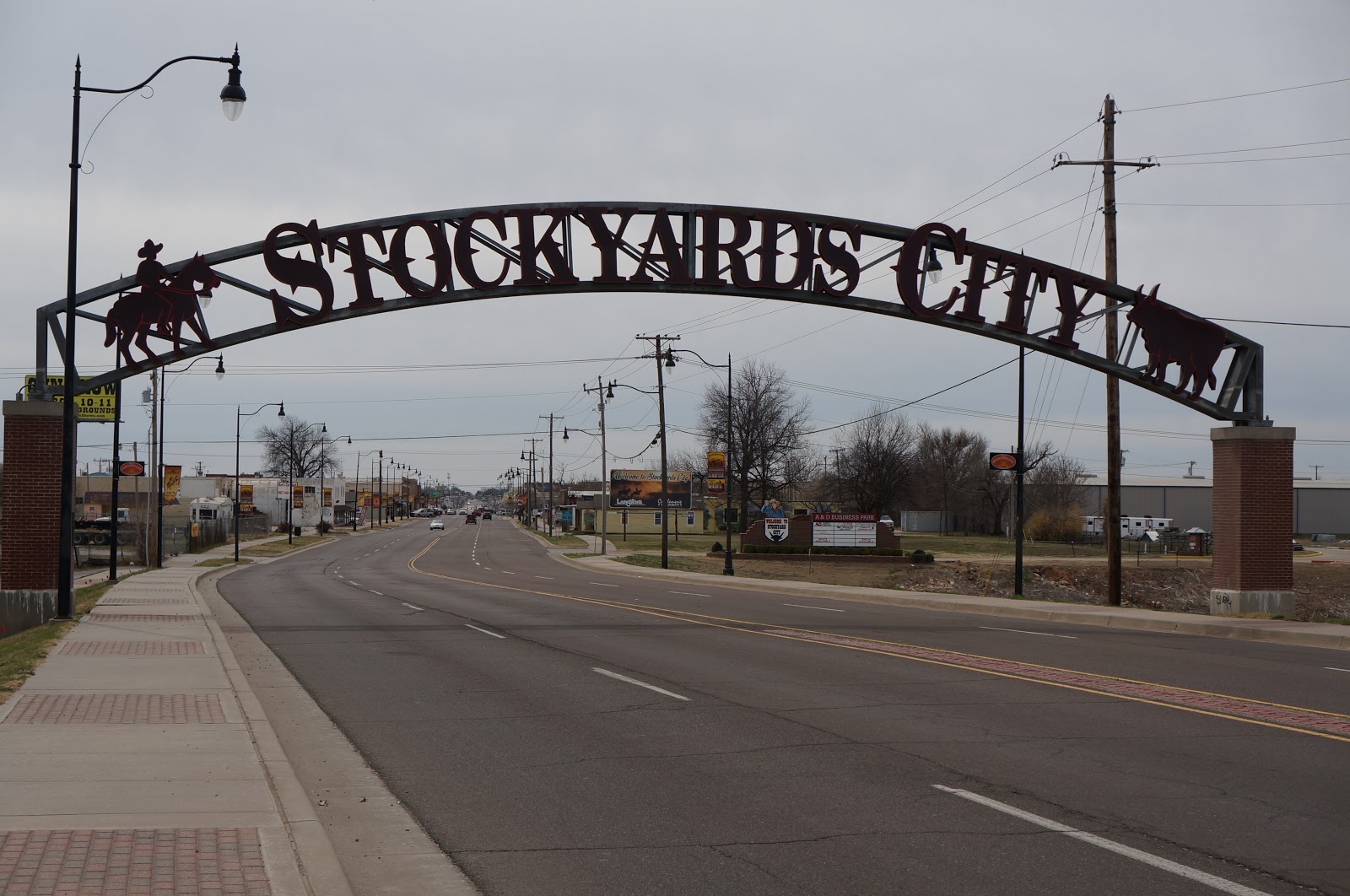
Its focus on “all things Western” make it an all-American tourist destination as well as a working cattlemen’s district.
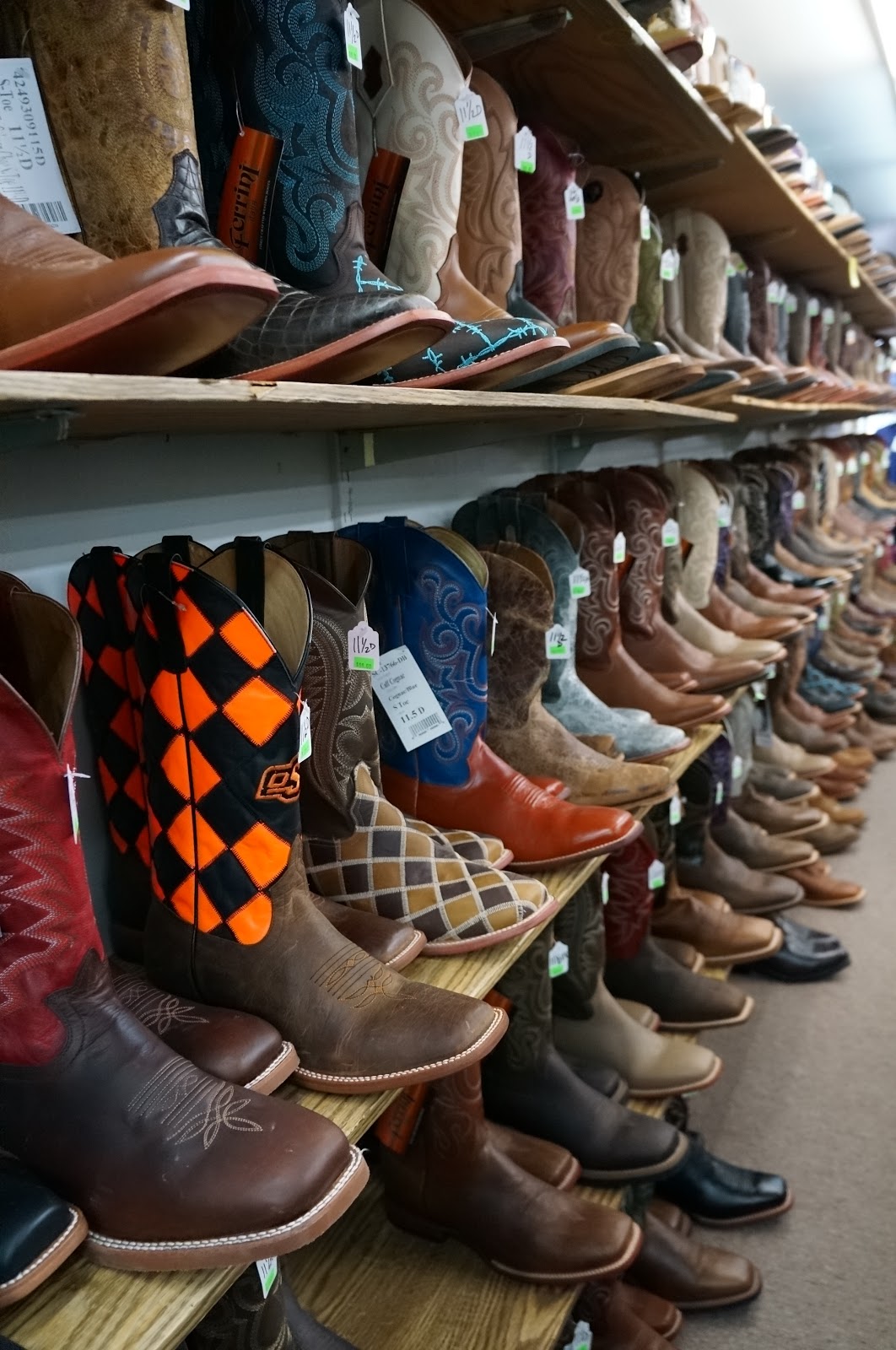
It’s the kind of place where you can buy some proper cowboy duds, step around the guys on horses in the street, and drop into the Cattlemen’s Club, the oldest continually-operating restaurant in Oklahoma City, where actual cattlemen eat alongside Presidents, movie stars, athletes and music icons.
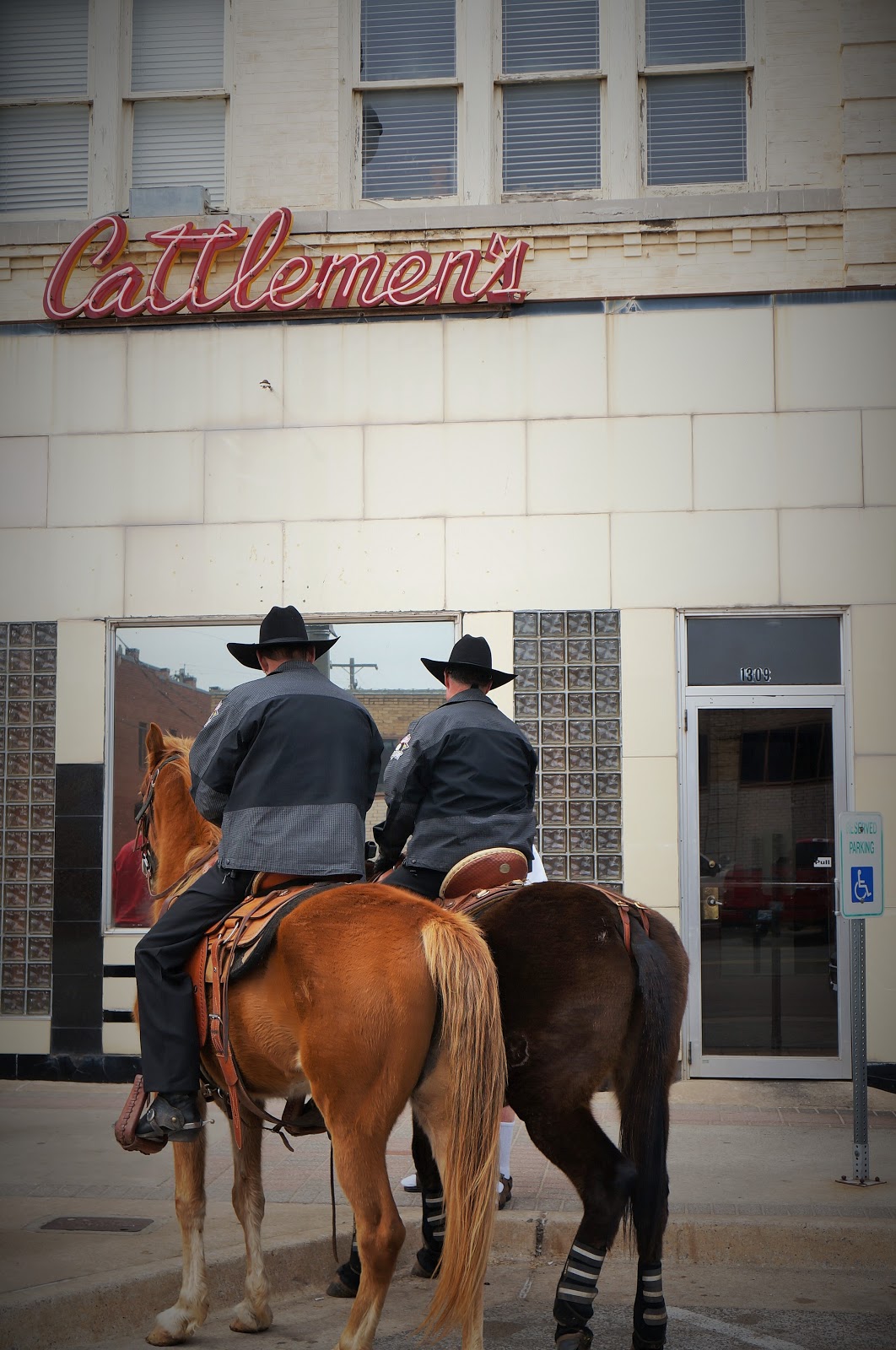
The inside of the restaurant walls have a super-cool, super-huge backlit photo, evoking a simpler time on the Western range.

And, of course, nothing more American than a cowboy (or cowgirl!).

Oklahoma City’s National Cowboy & Western Heritage Museum is a gigantic, fantastic collection of all things Western … more than 28,000 artifacts, to be exact.
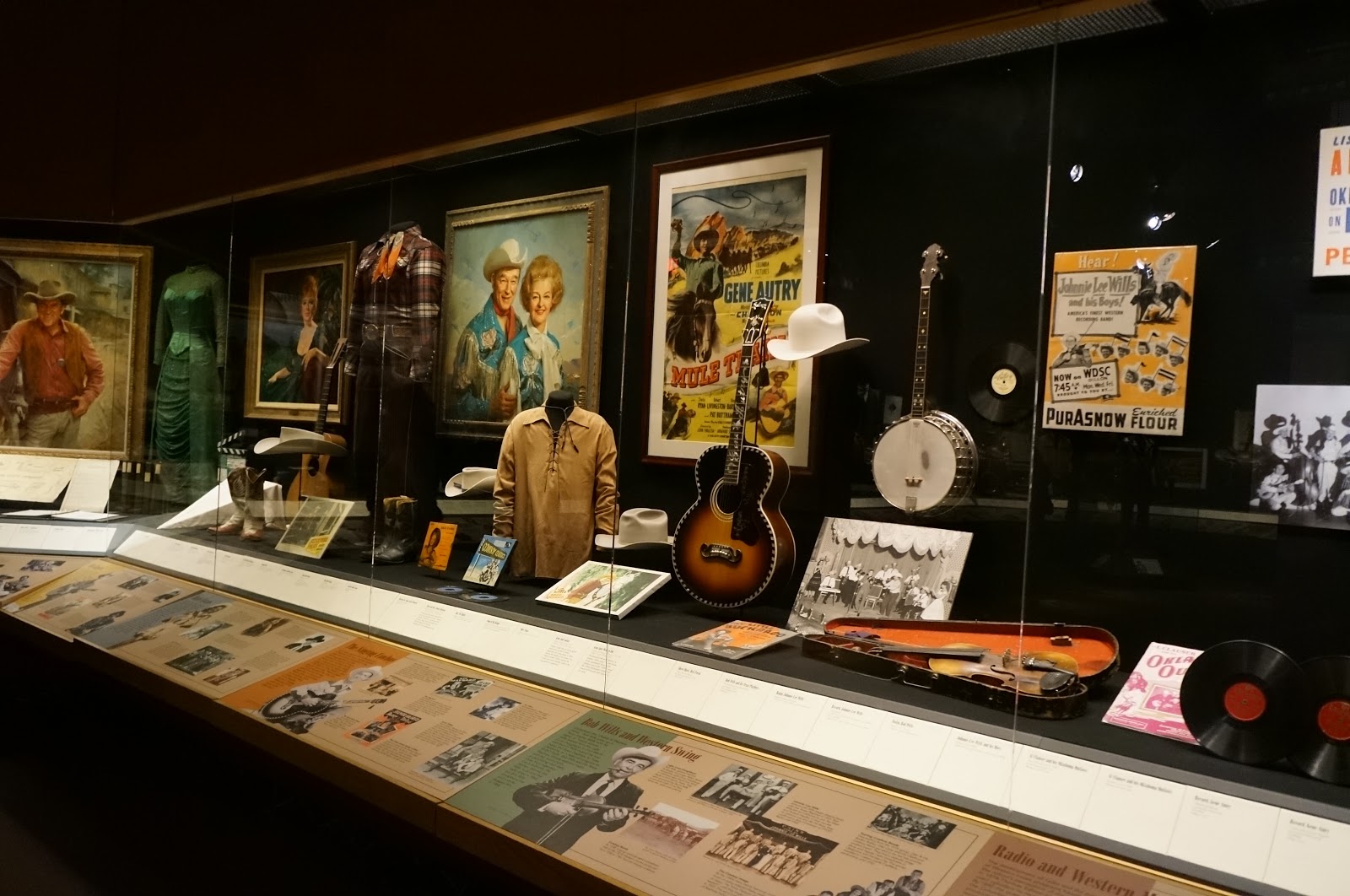
Western history, art, and culture… it’s all here!

The Museum has the world’s most extensive collection of American rodeo photographs, barbed wire, saddles and early rodeo trophies; and all of the Western and American Indian art and photography was beautifully displayed and curated.
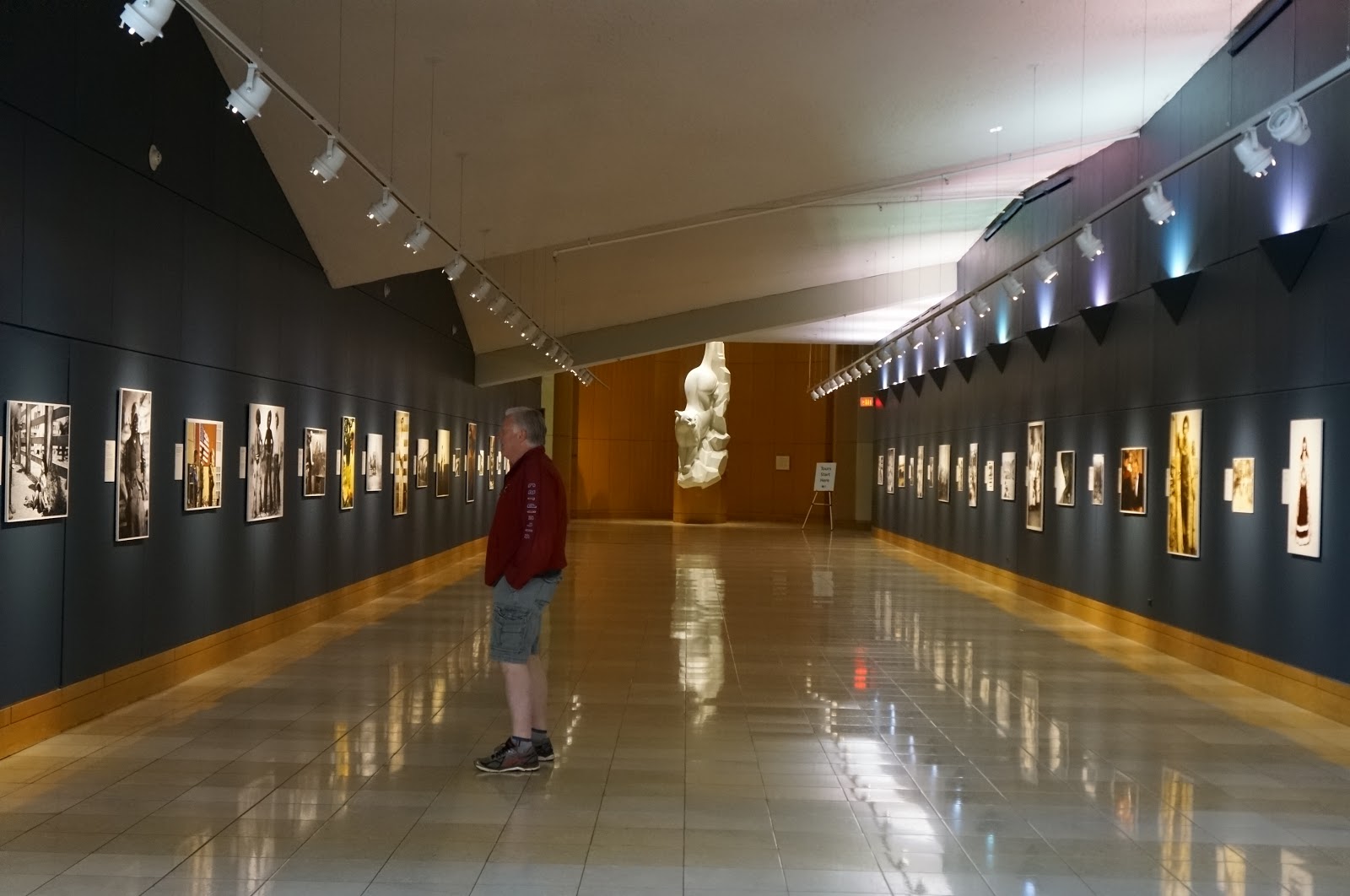
But if you don’t want to pay admission fees to be a part of the American West, just walk through our RV park … this RV owner shows his/her dedication with every mile driven! (Although it doesn’t look like it’s been driven anywhere, anytime recently.)
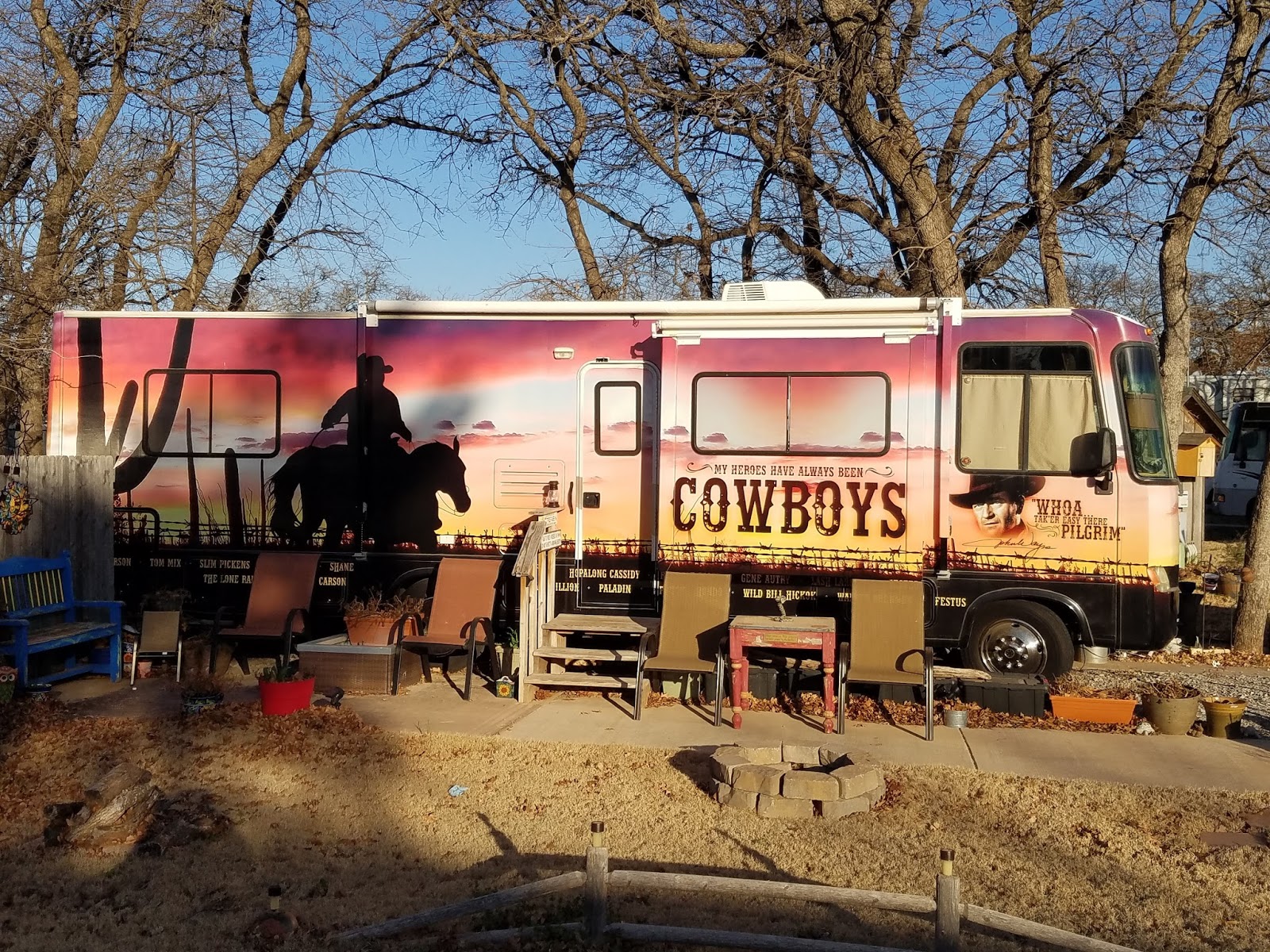
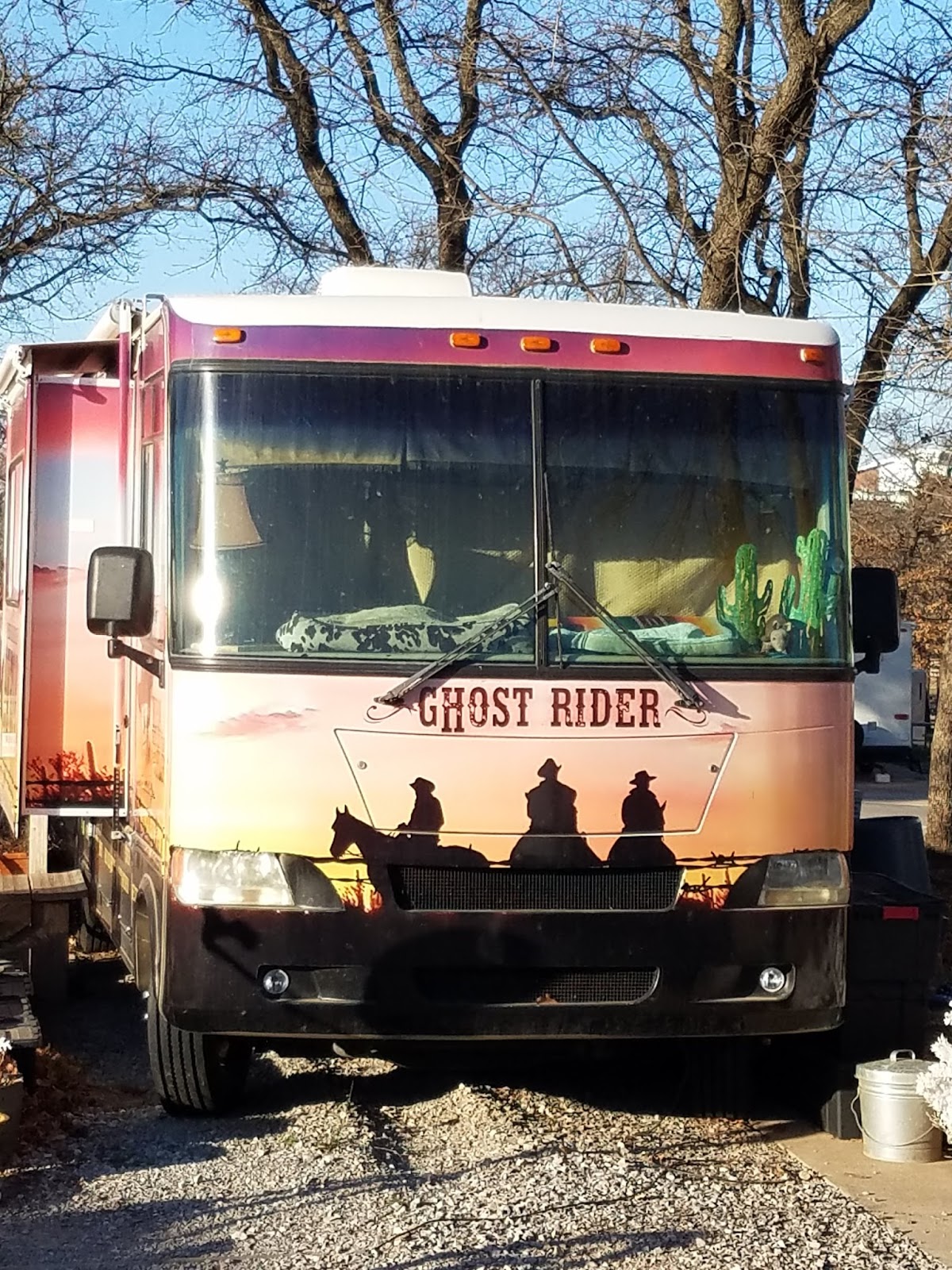
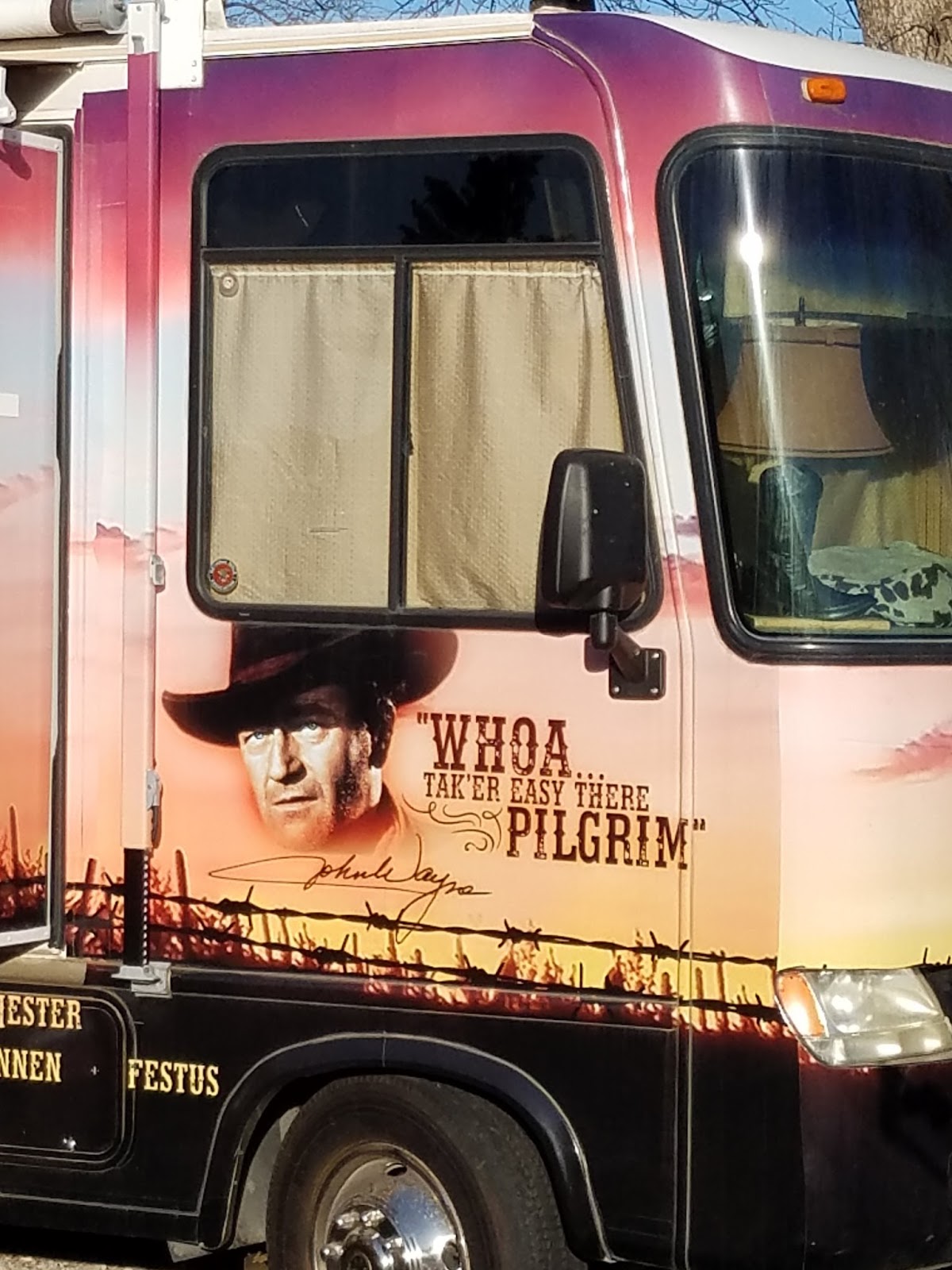
Lastly, nothing more American than a good-ole BBQ. The Lucky Charm hosted Phoenix native Bailey Patton, who is like a daughter to me (she has always called me Tessa-Mommy, to my great delight) and who recently relocated to Oklahoma City. It’s great to see “family” on the road!
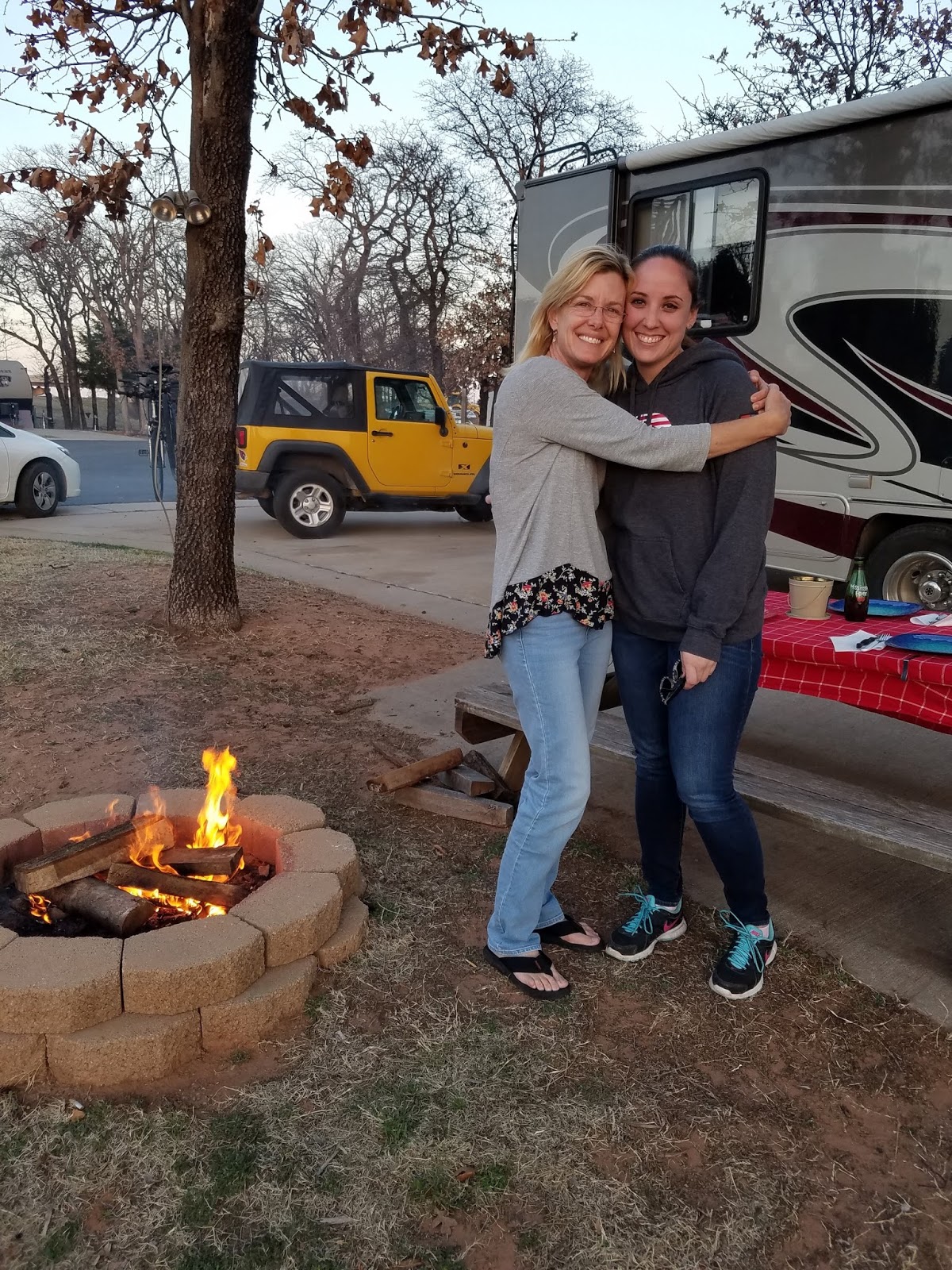
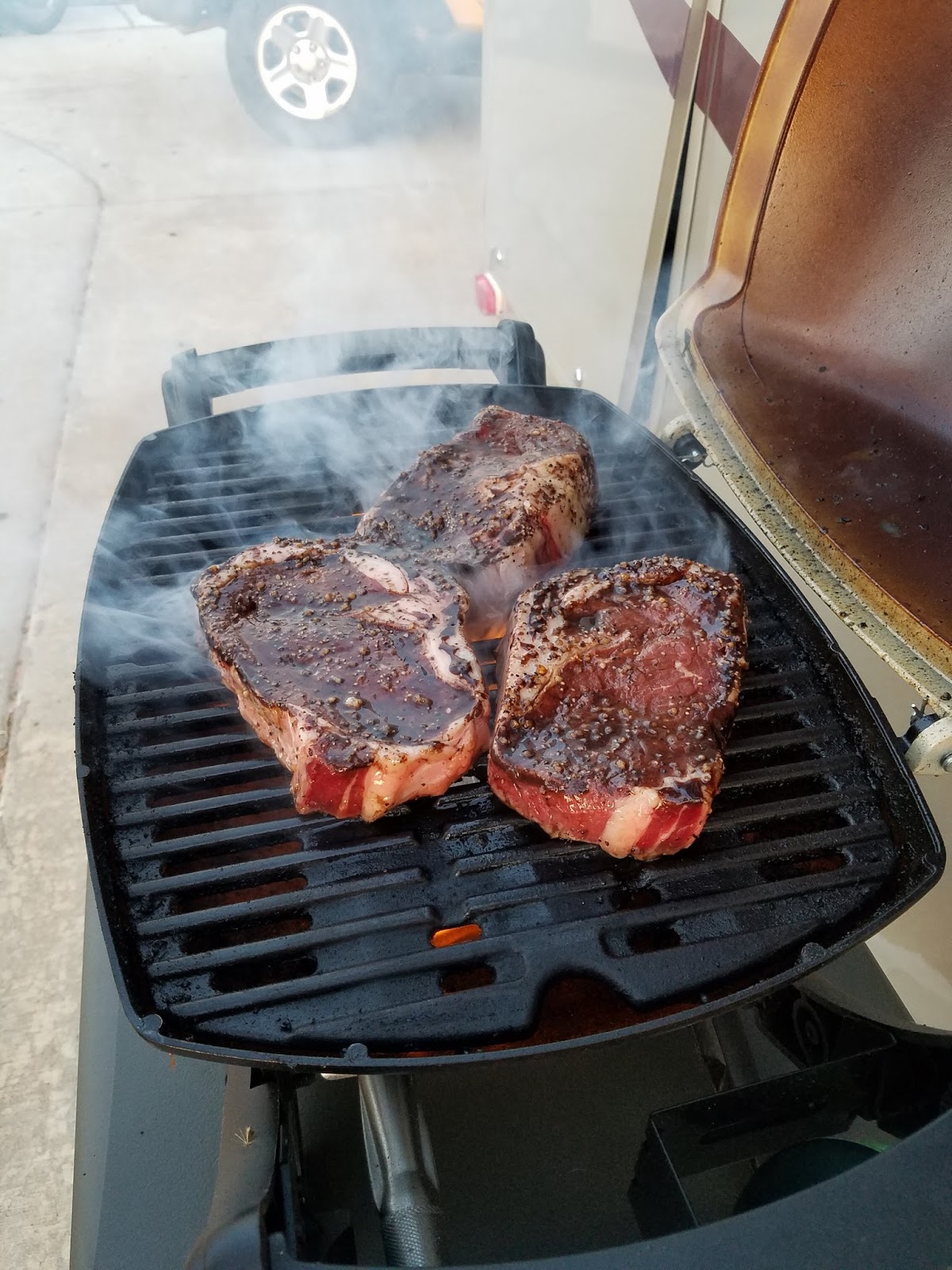
As the sun set on our (brief) visit to Oklahoma City, we reflected on its great all-American feel, and all the many amazing attractions we didn’t have time for. We could stay here a month and not do it all!
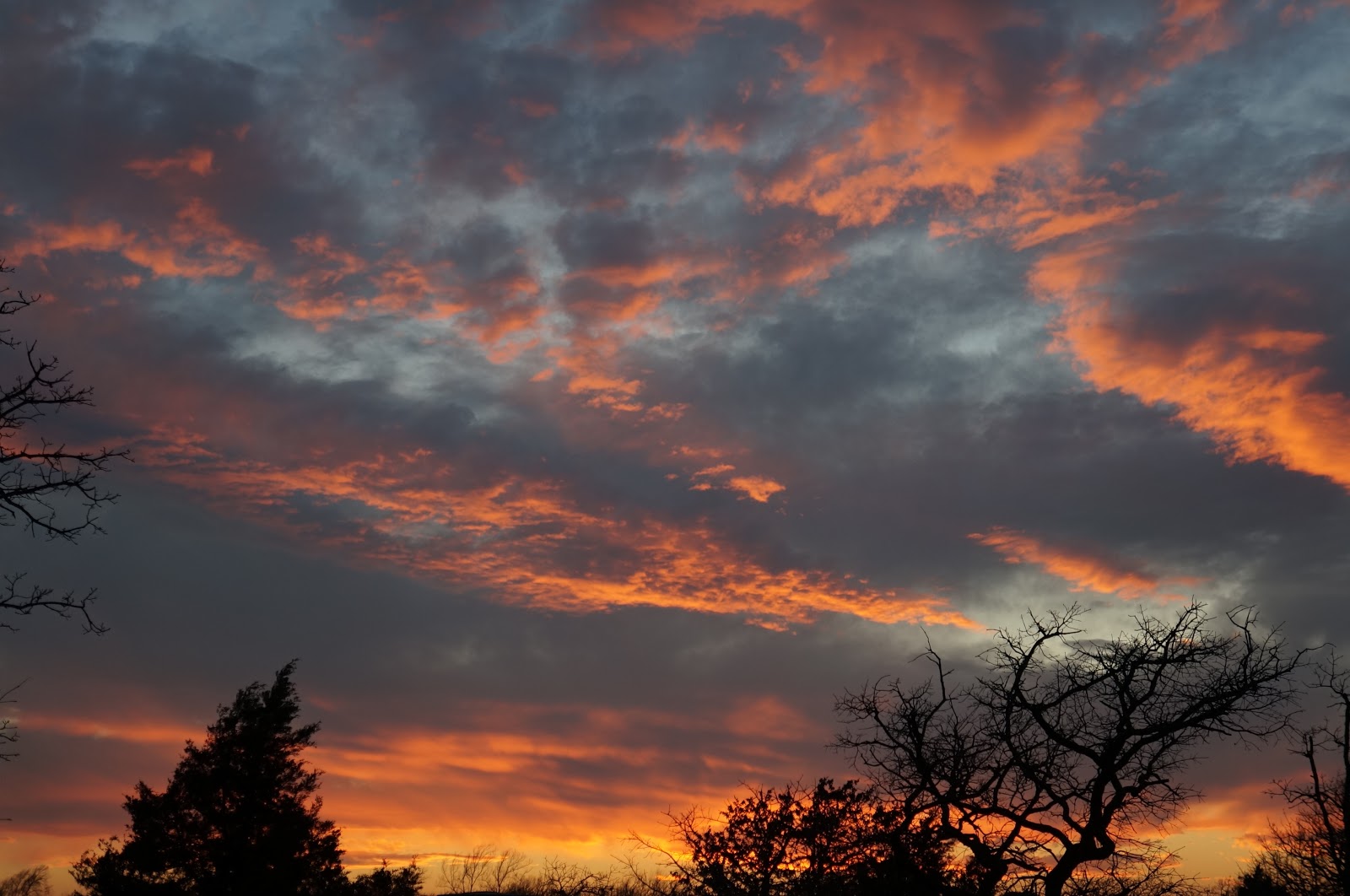
But the road awaits … a LOT of road! We’re heading through Texas on our way back to New Mexico.

Oklahoma City was great! Thanks for coming along for the ride, pardners!
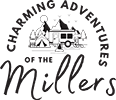

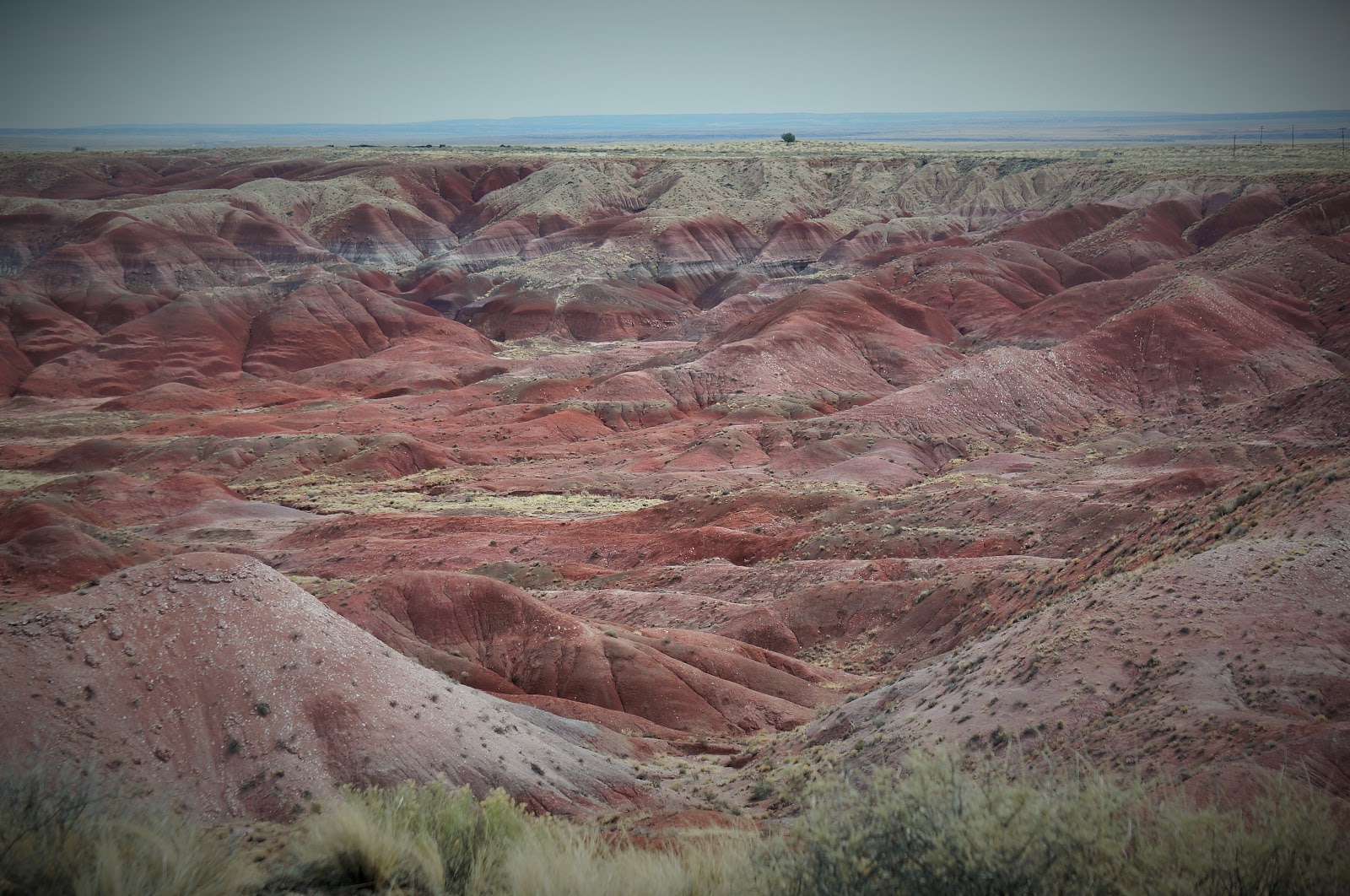

Leave a reply